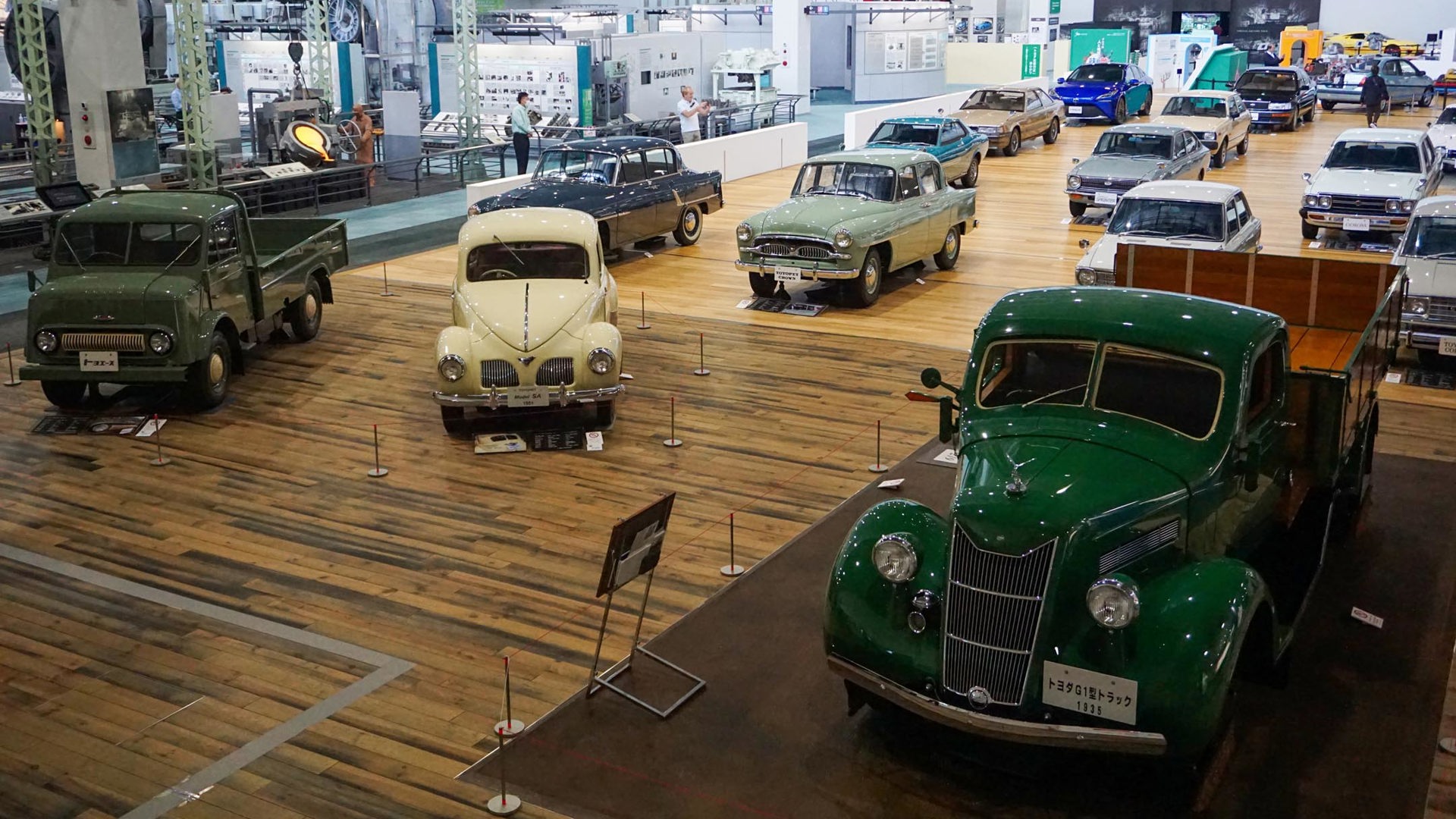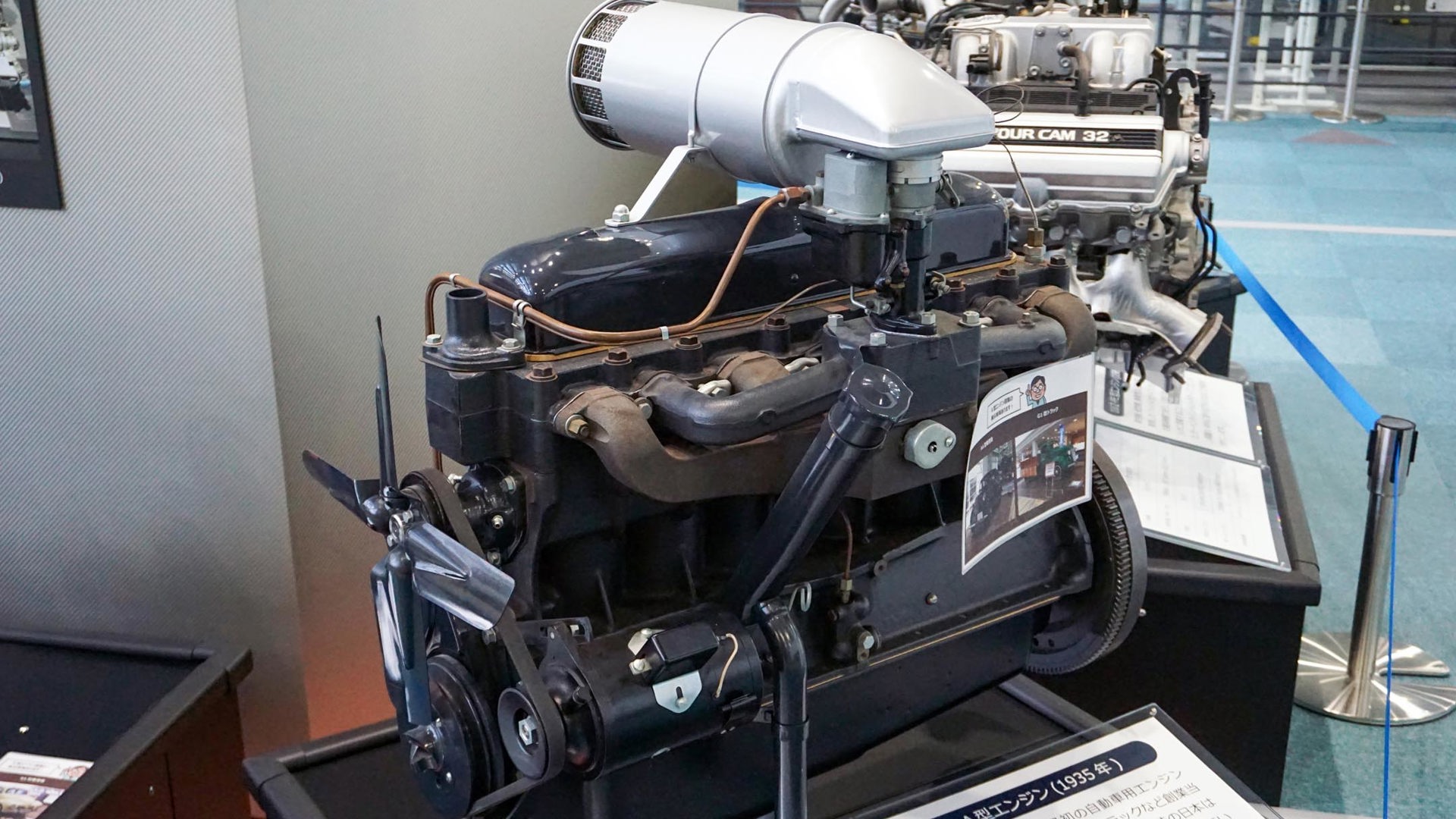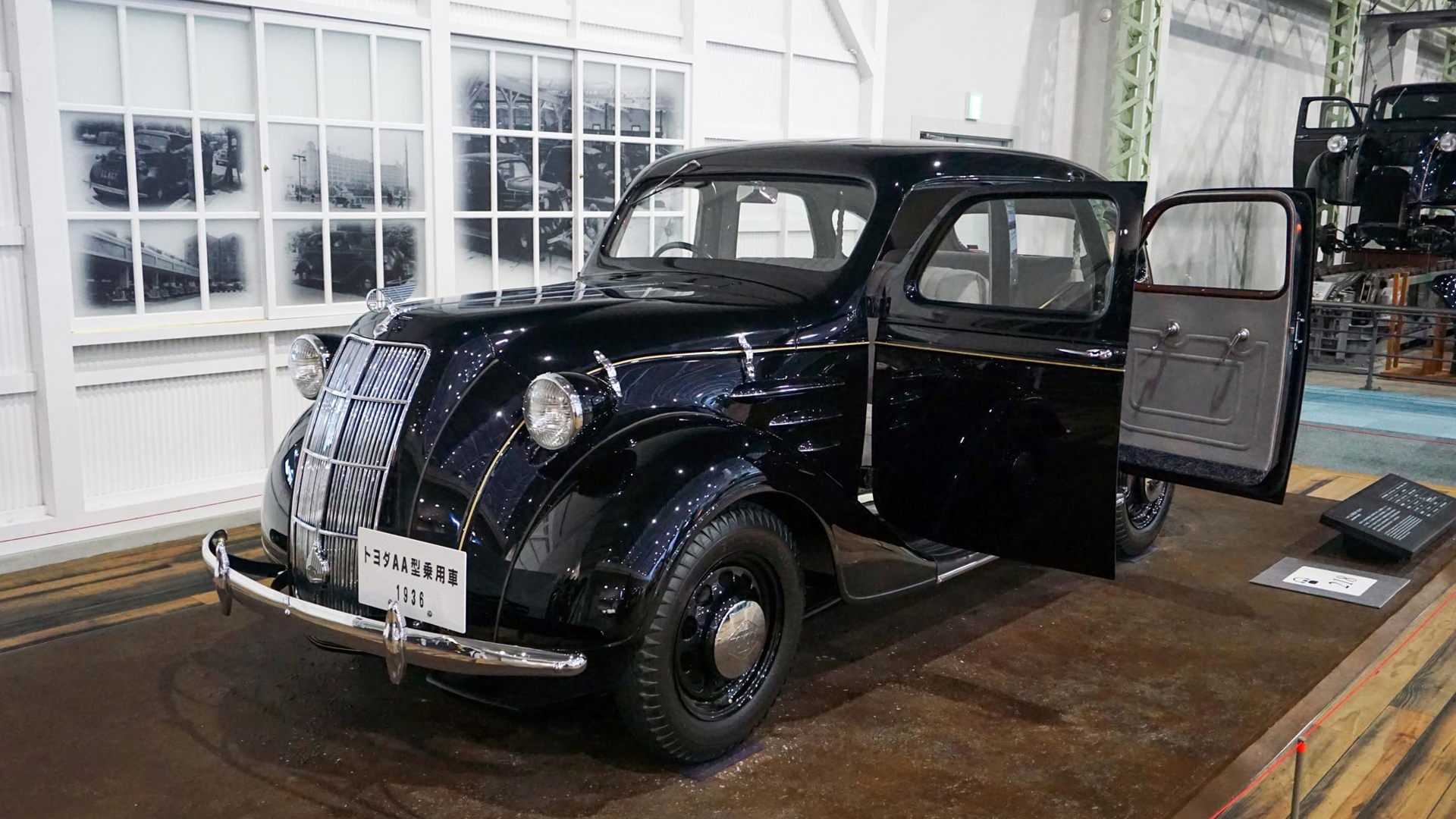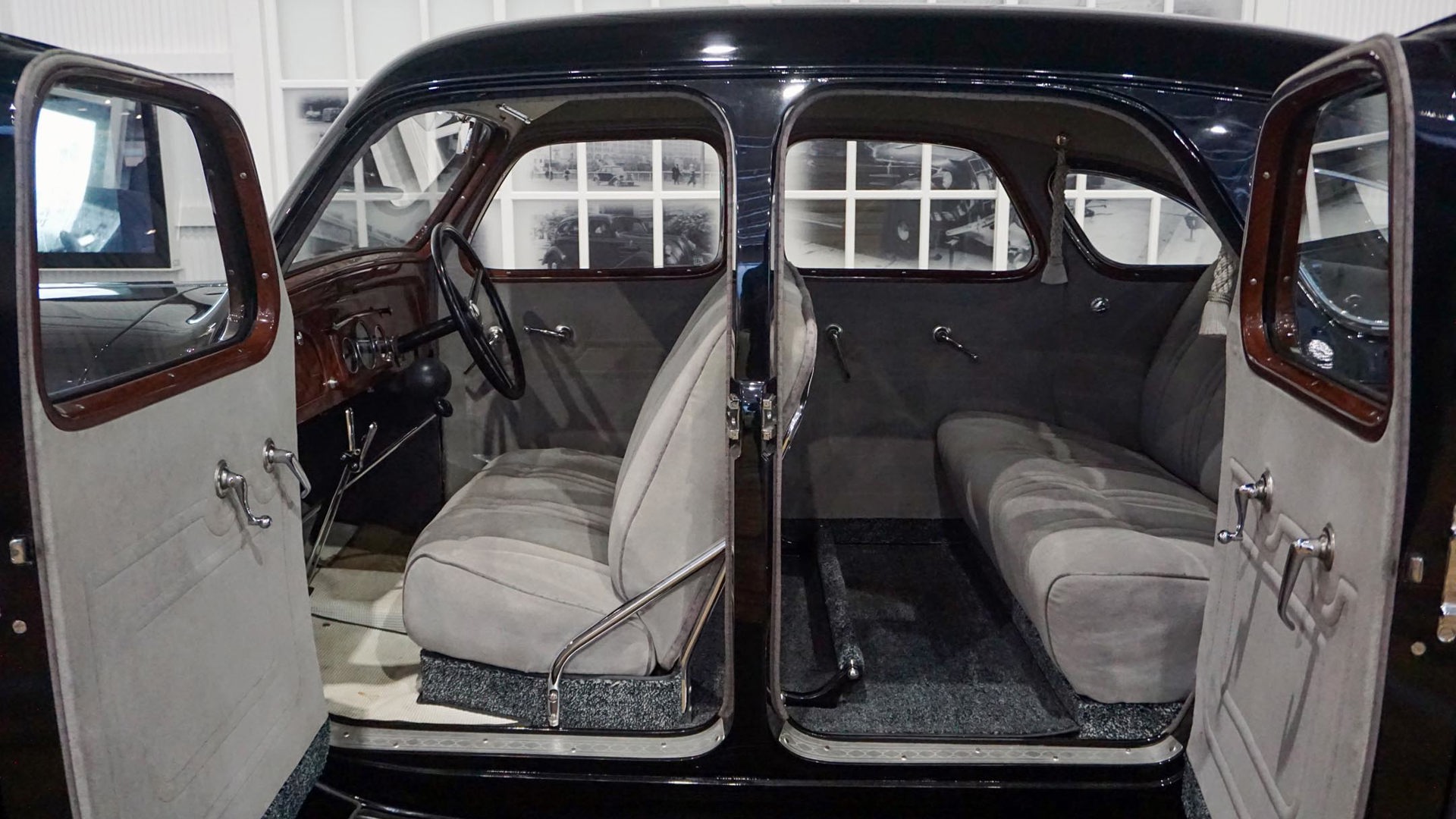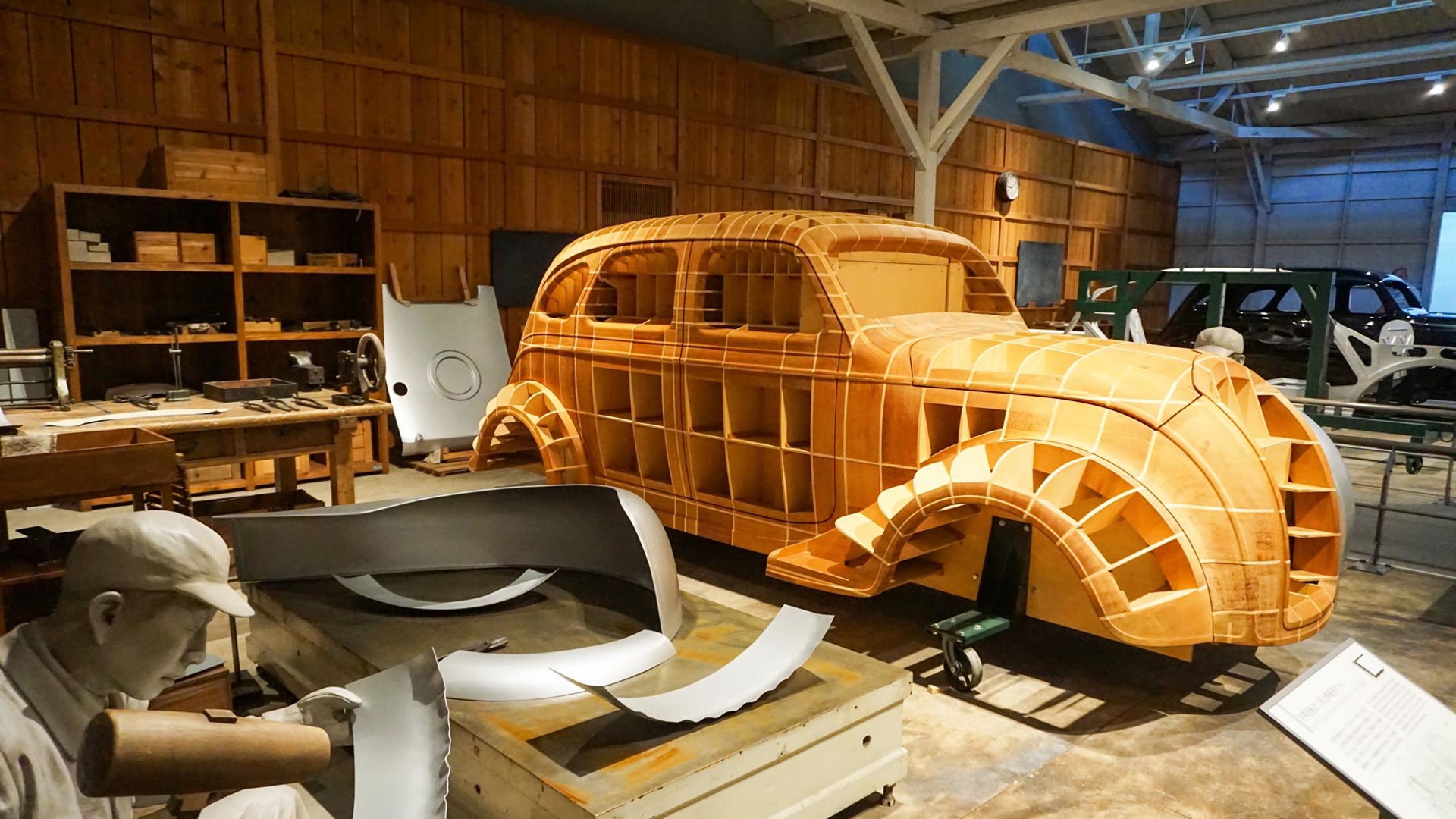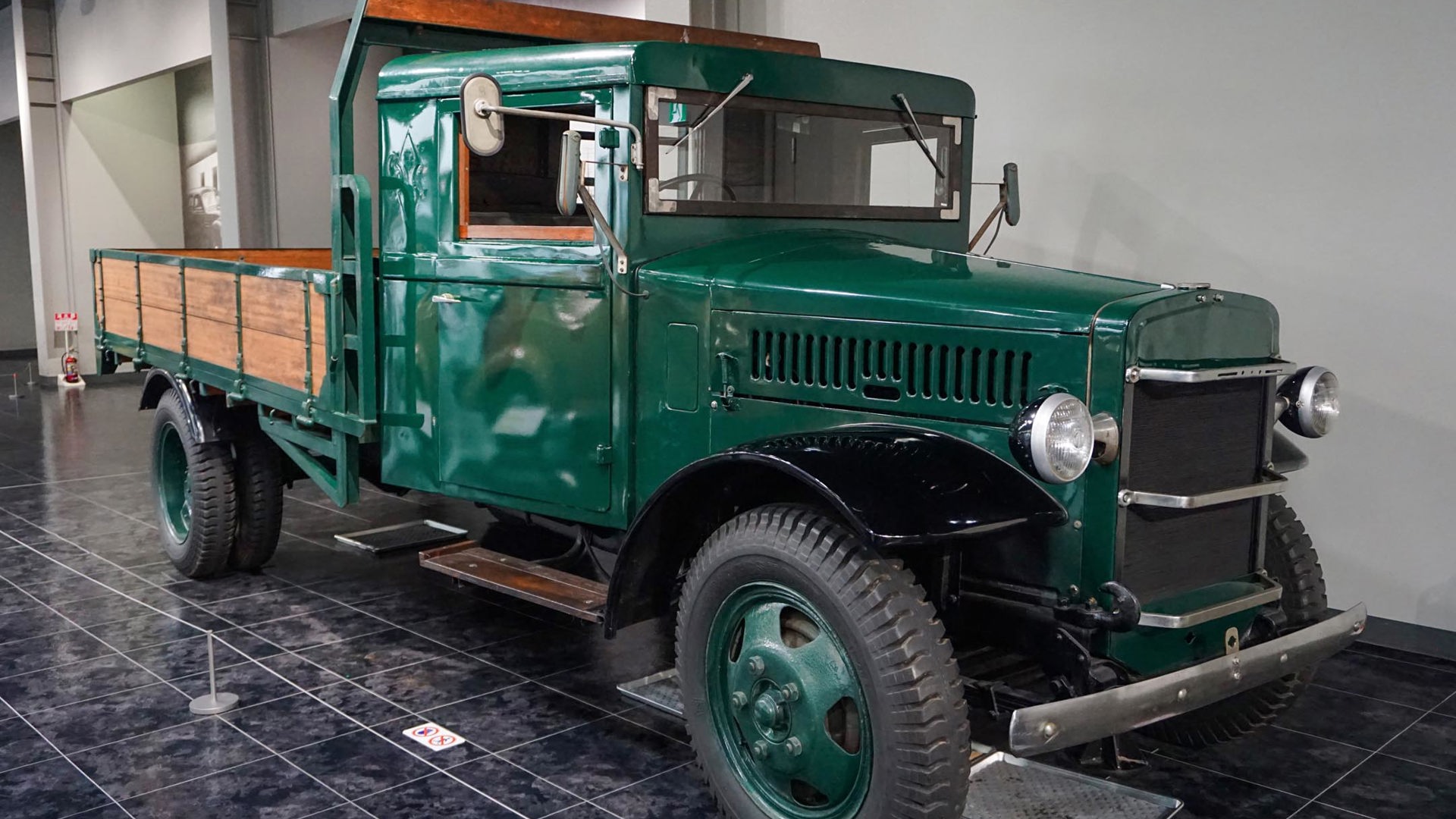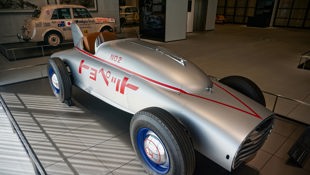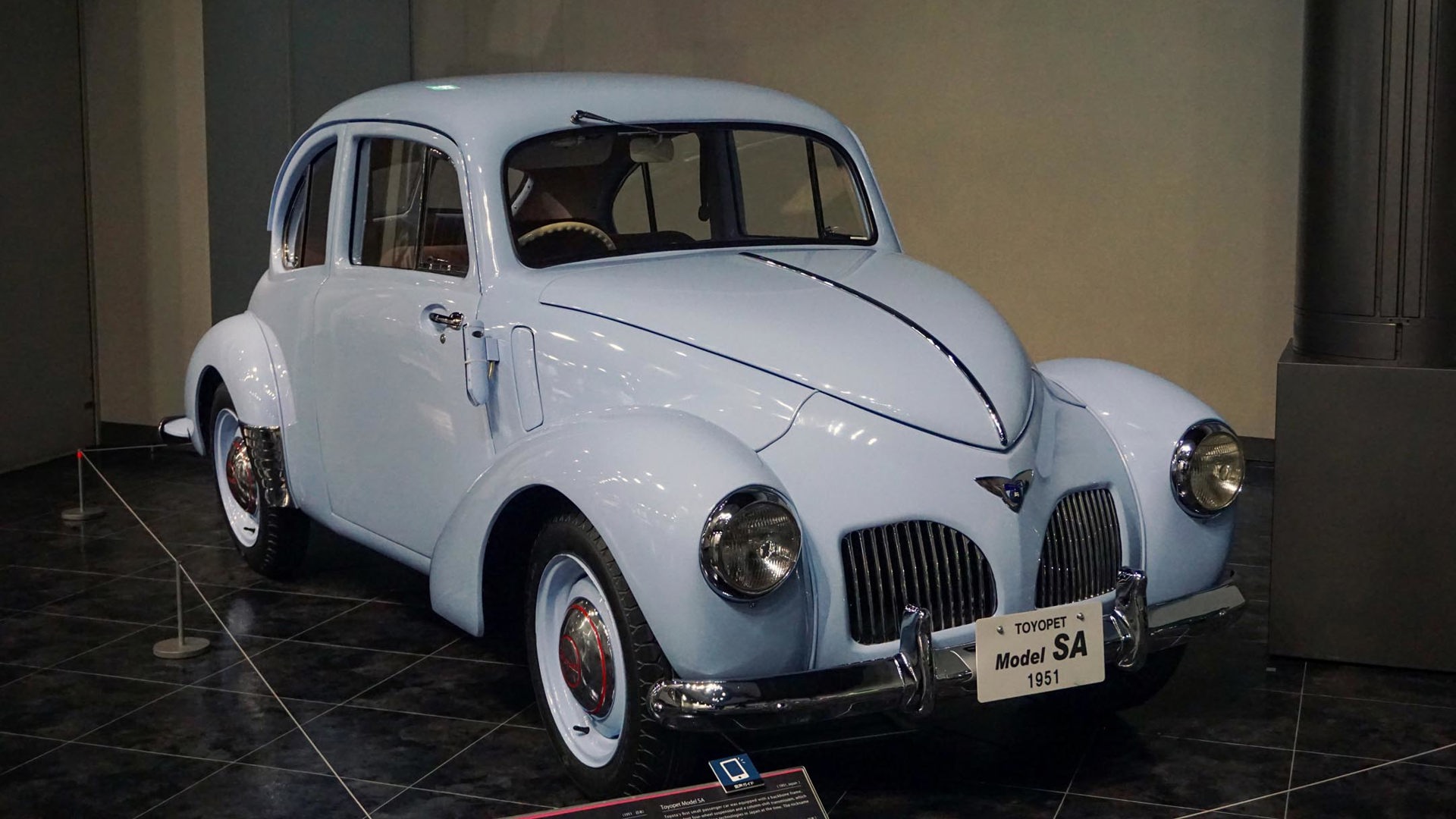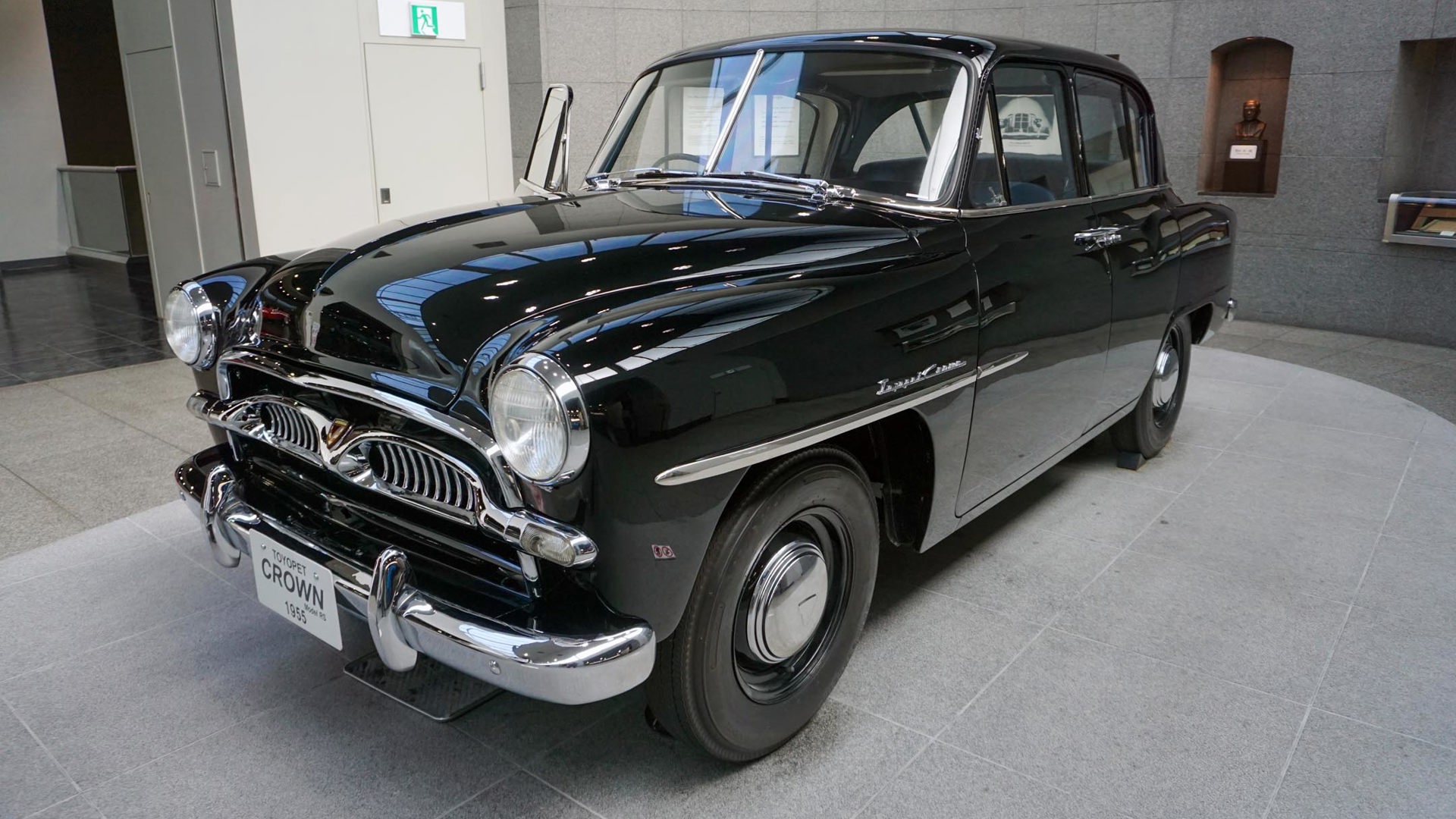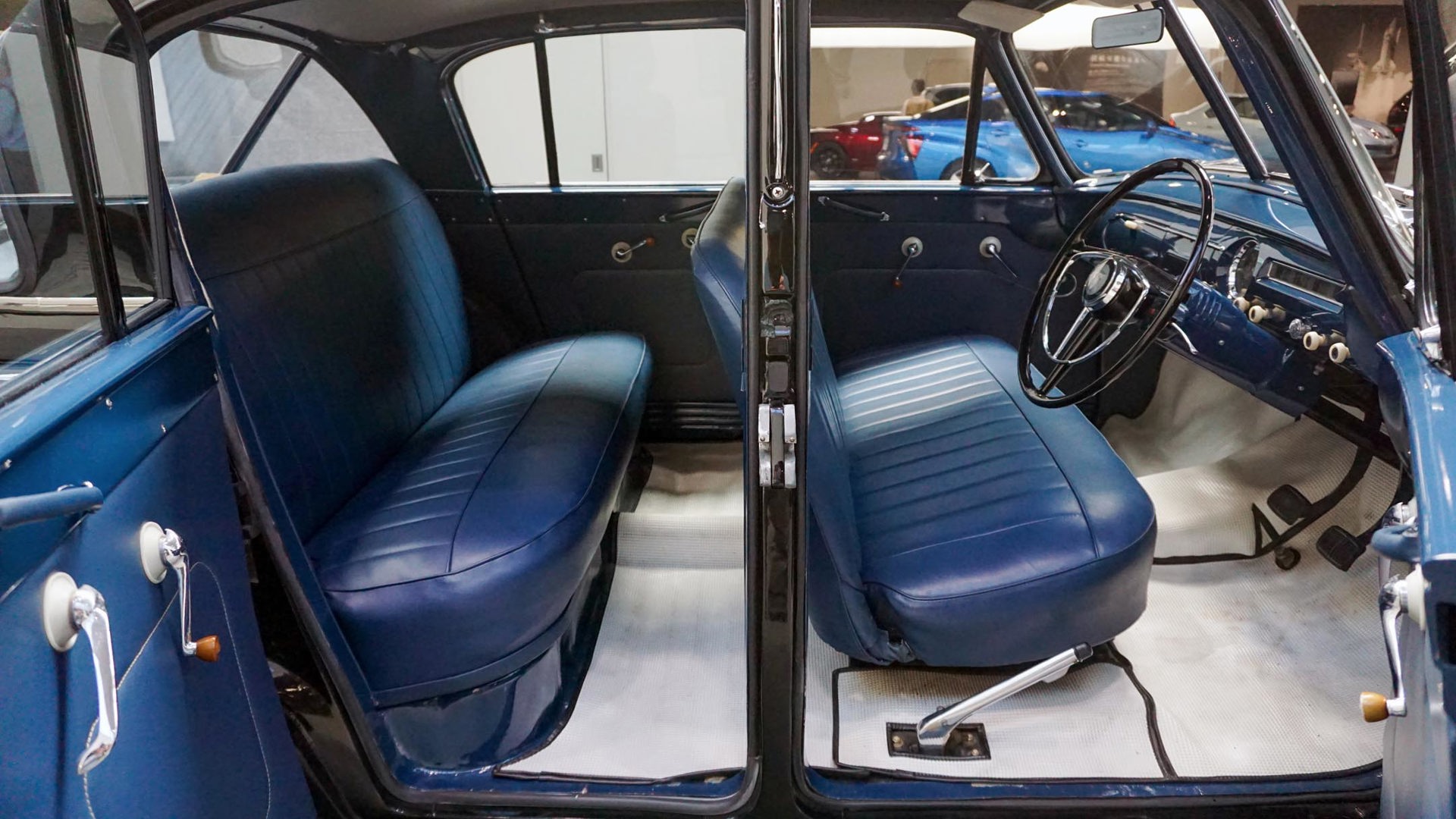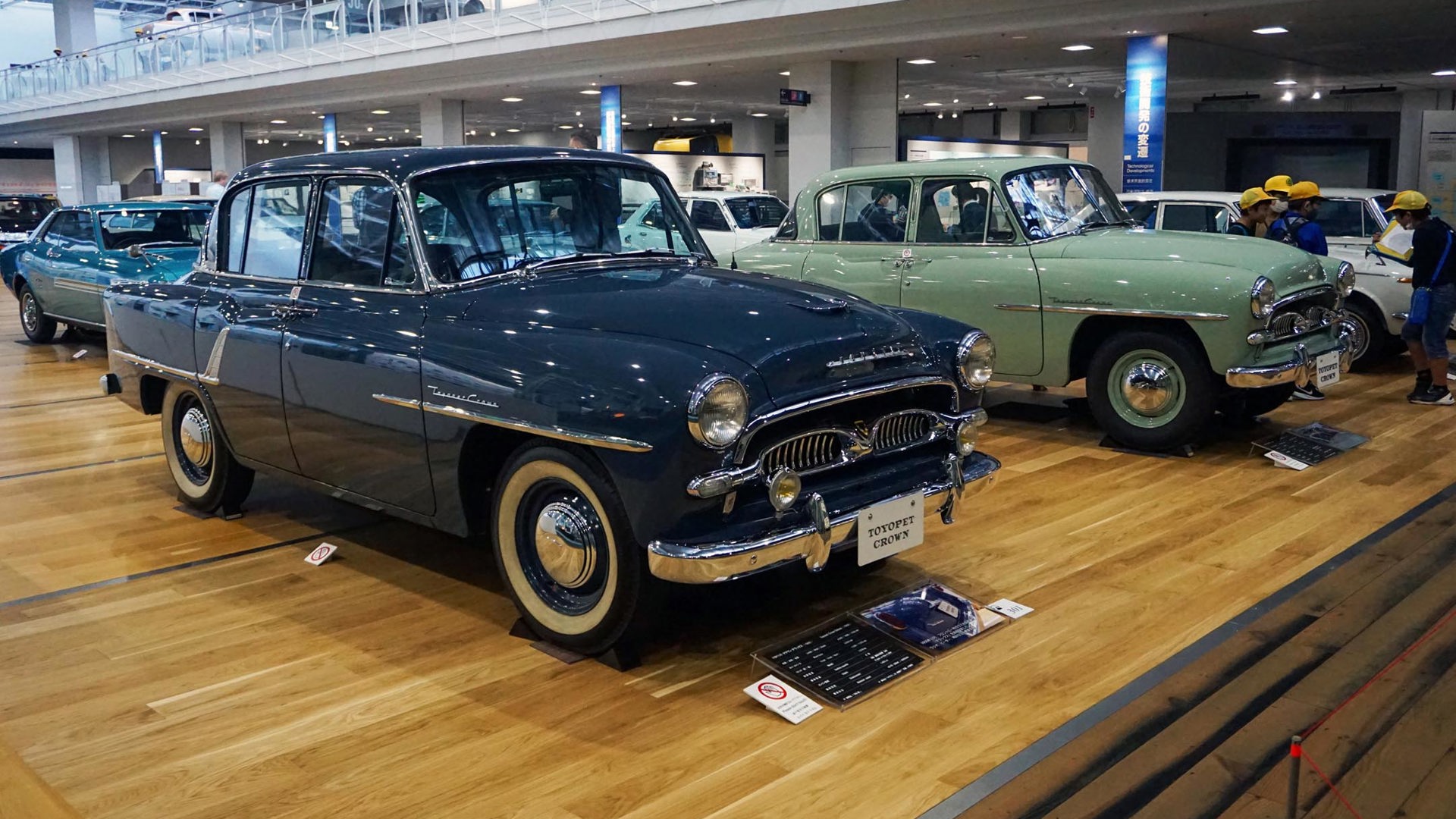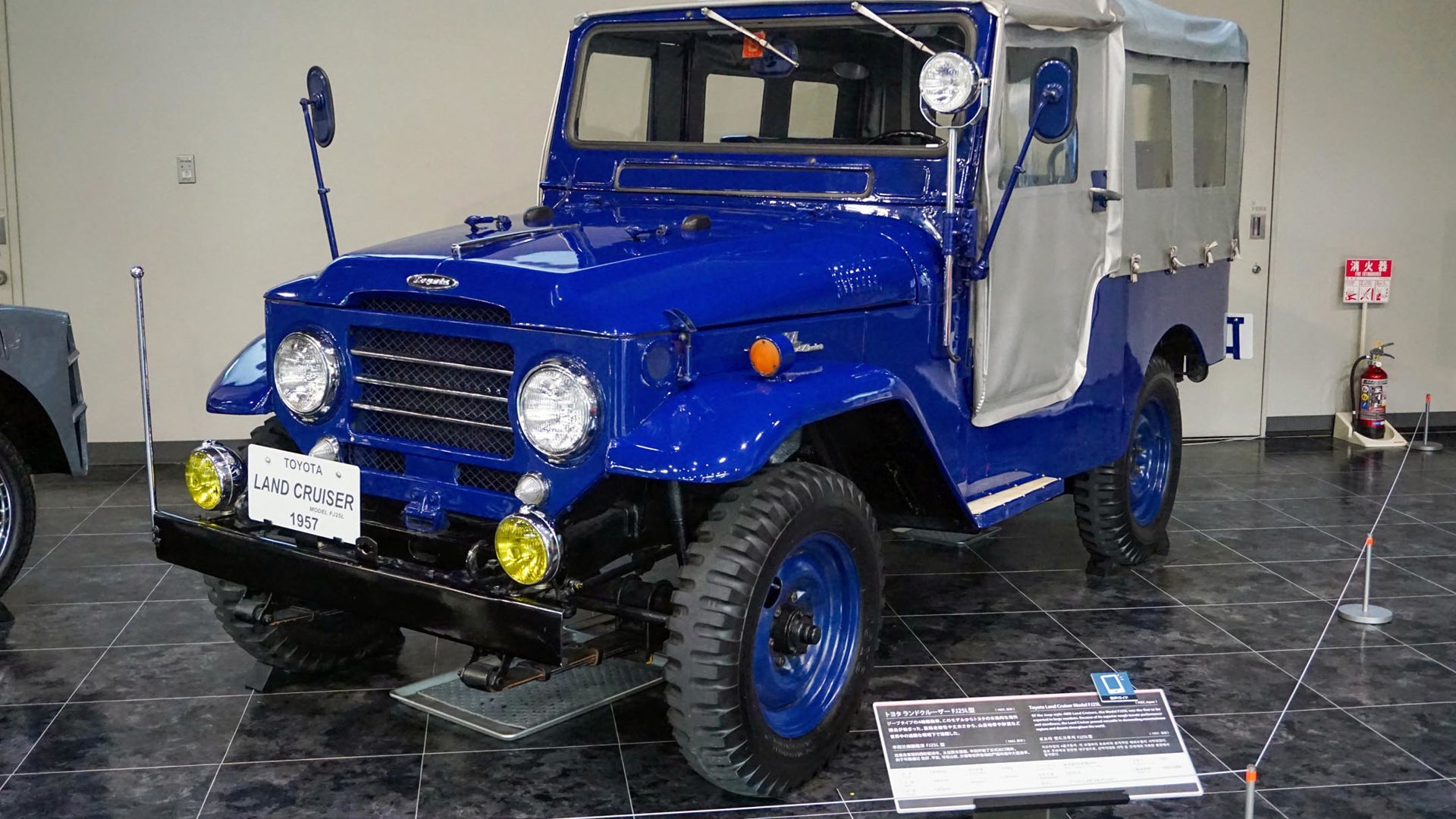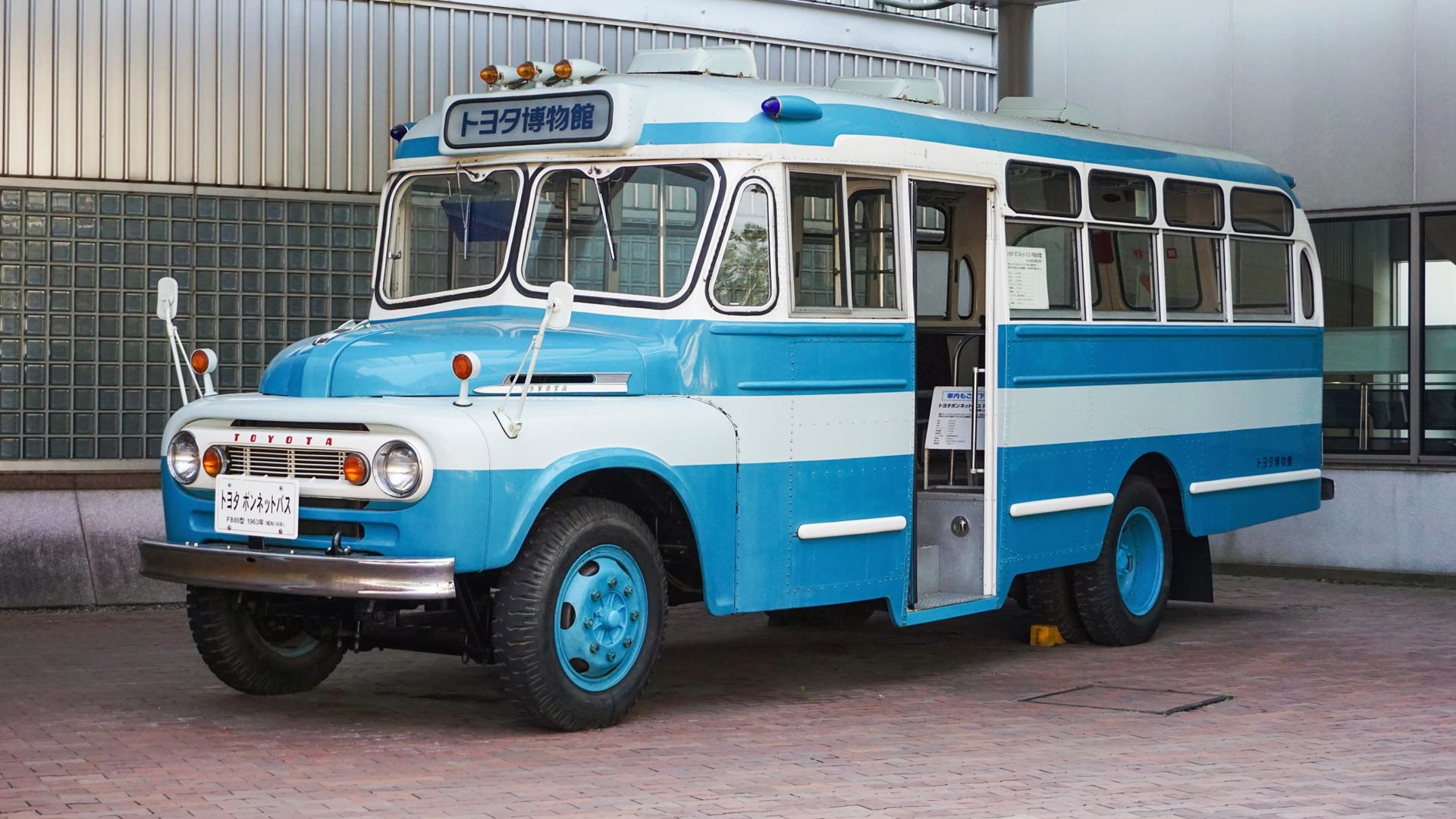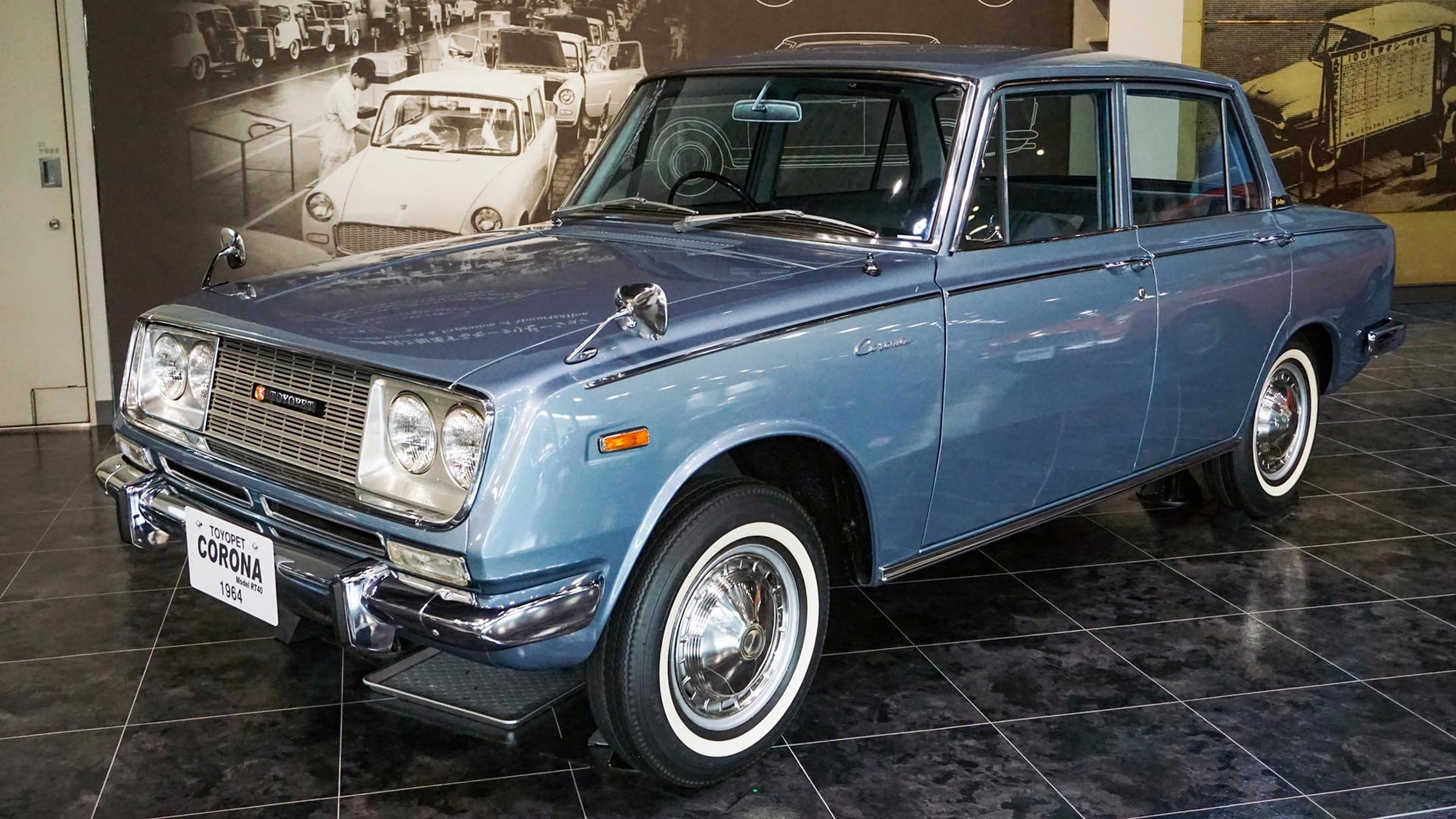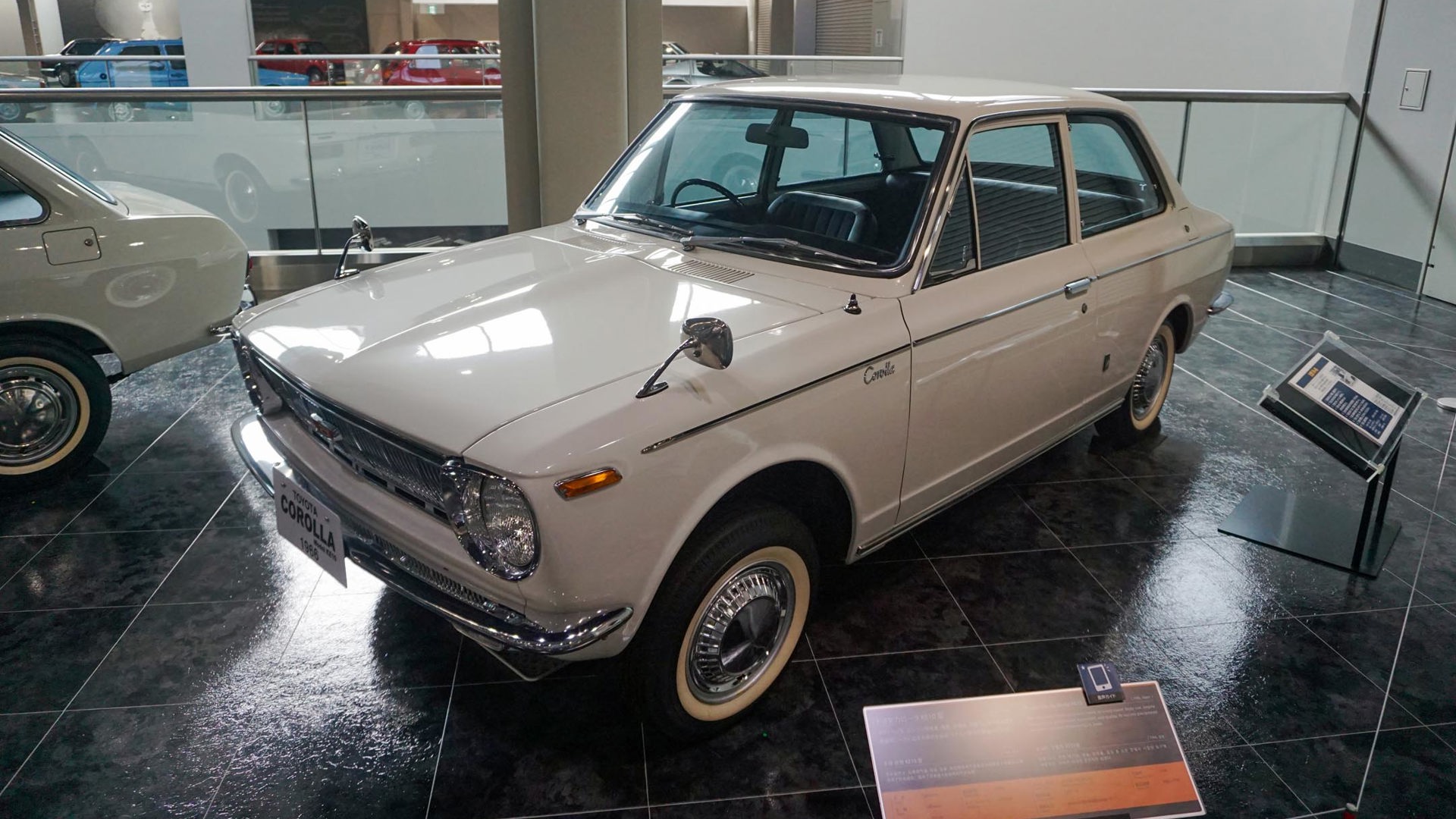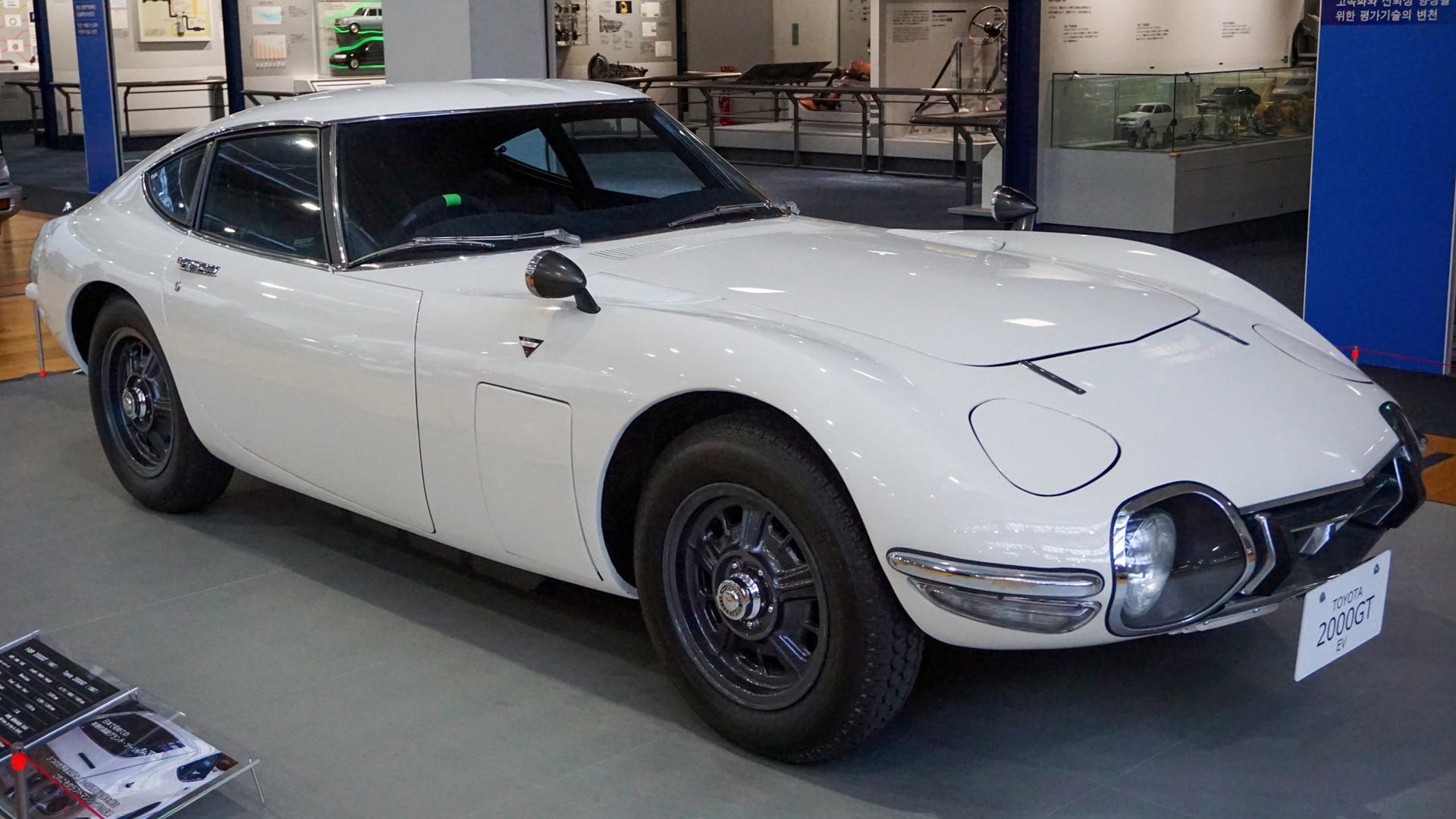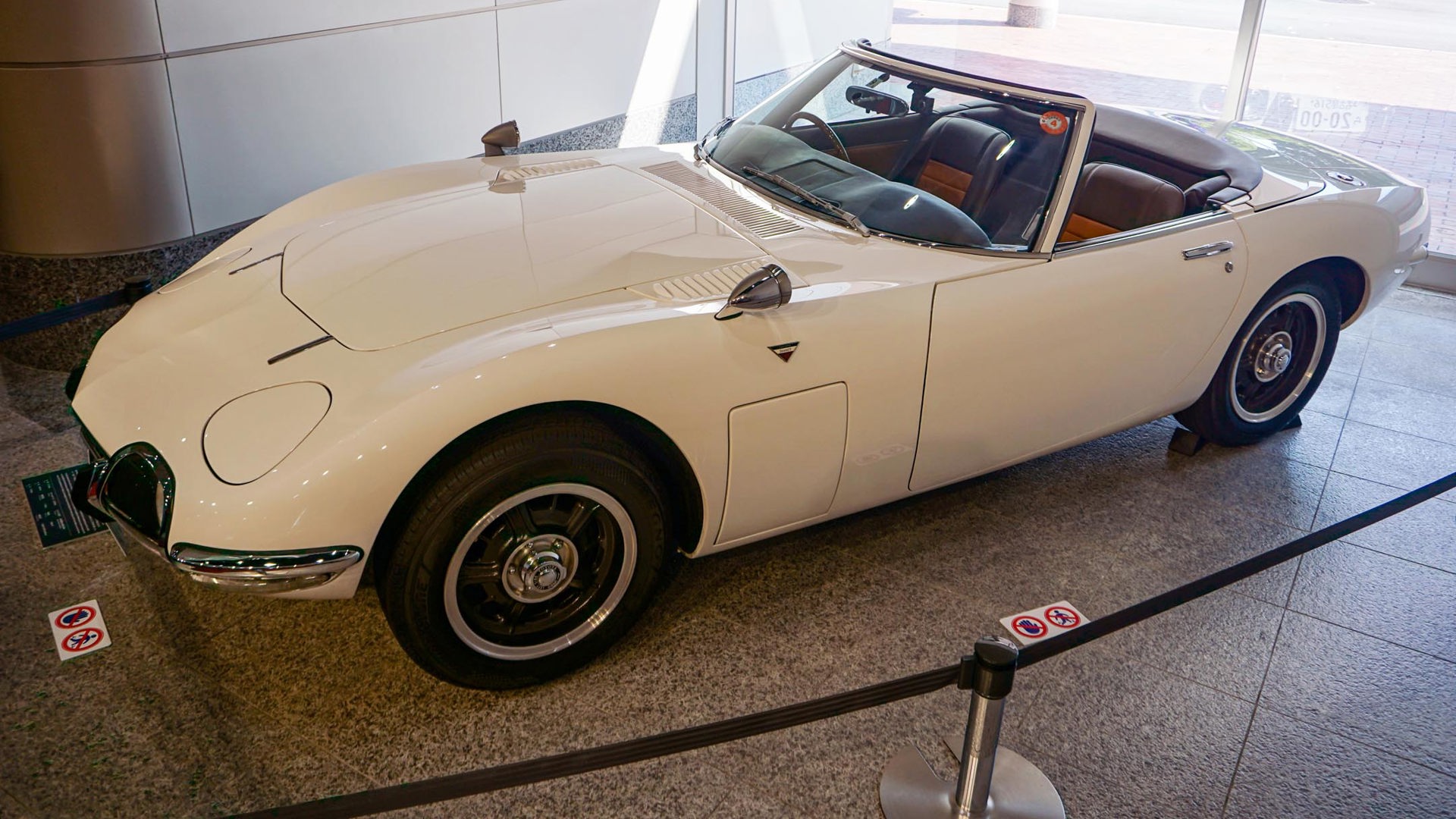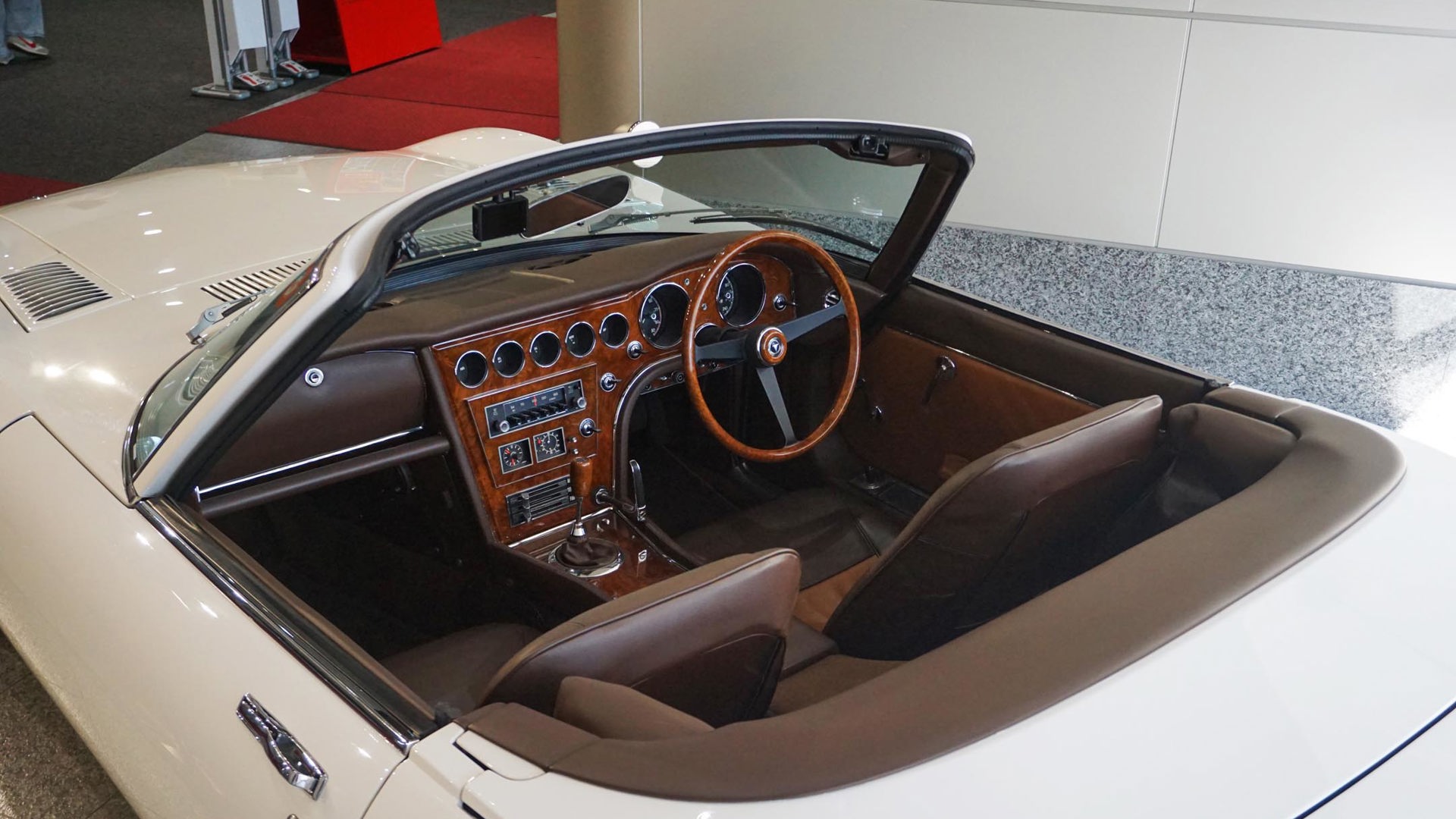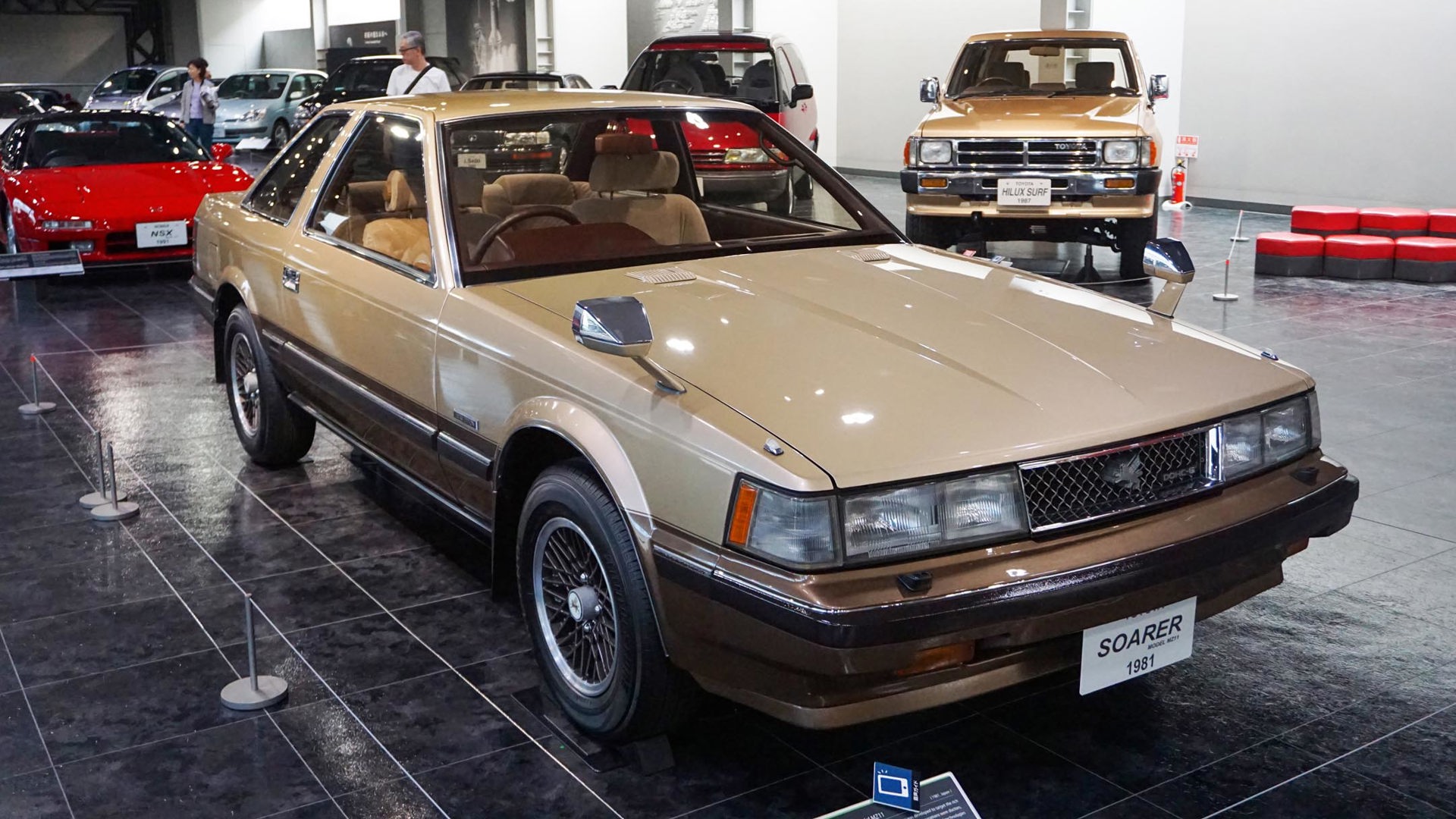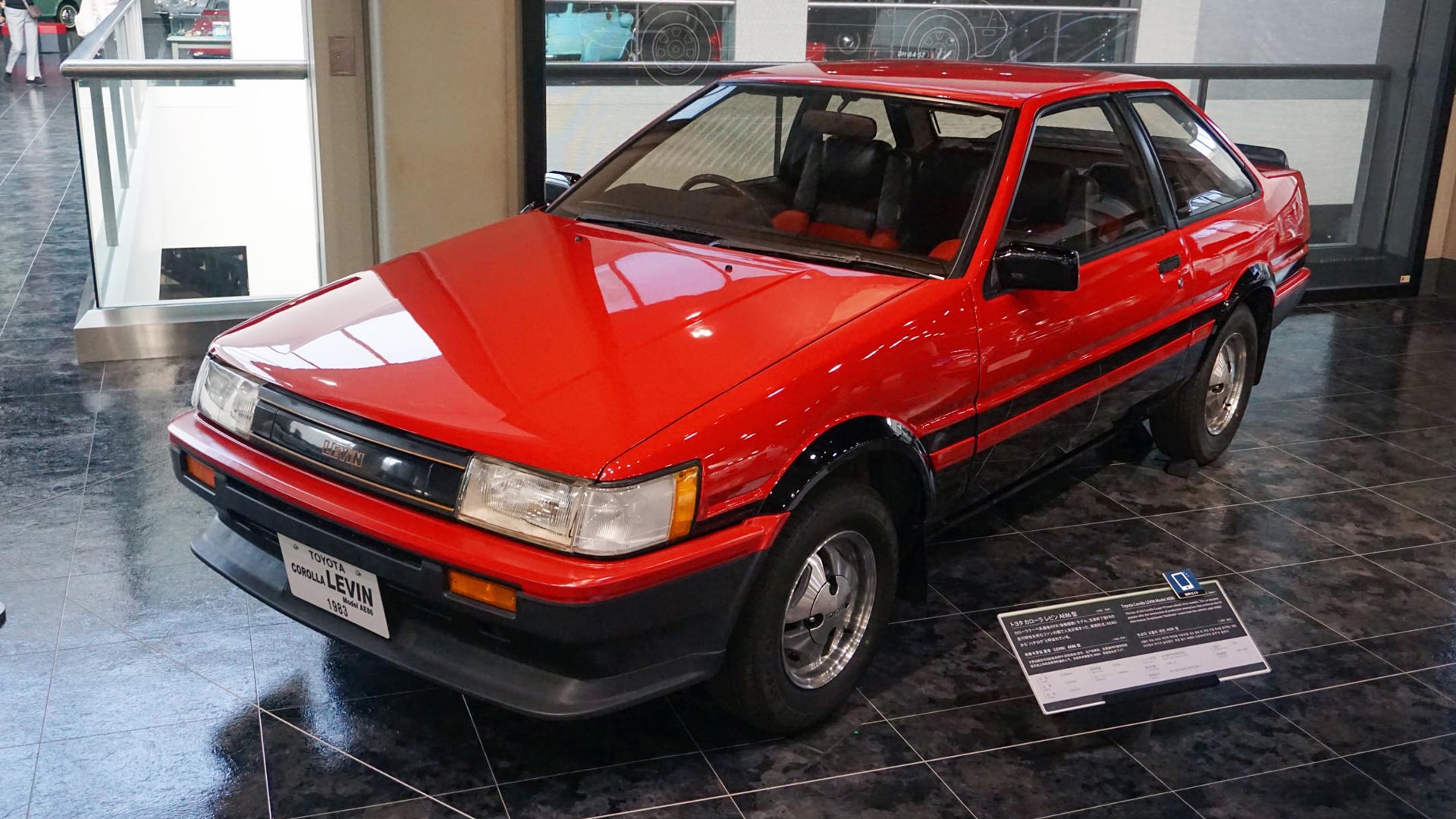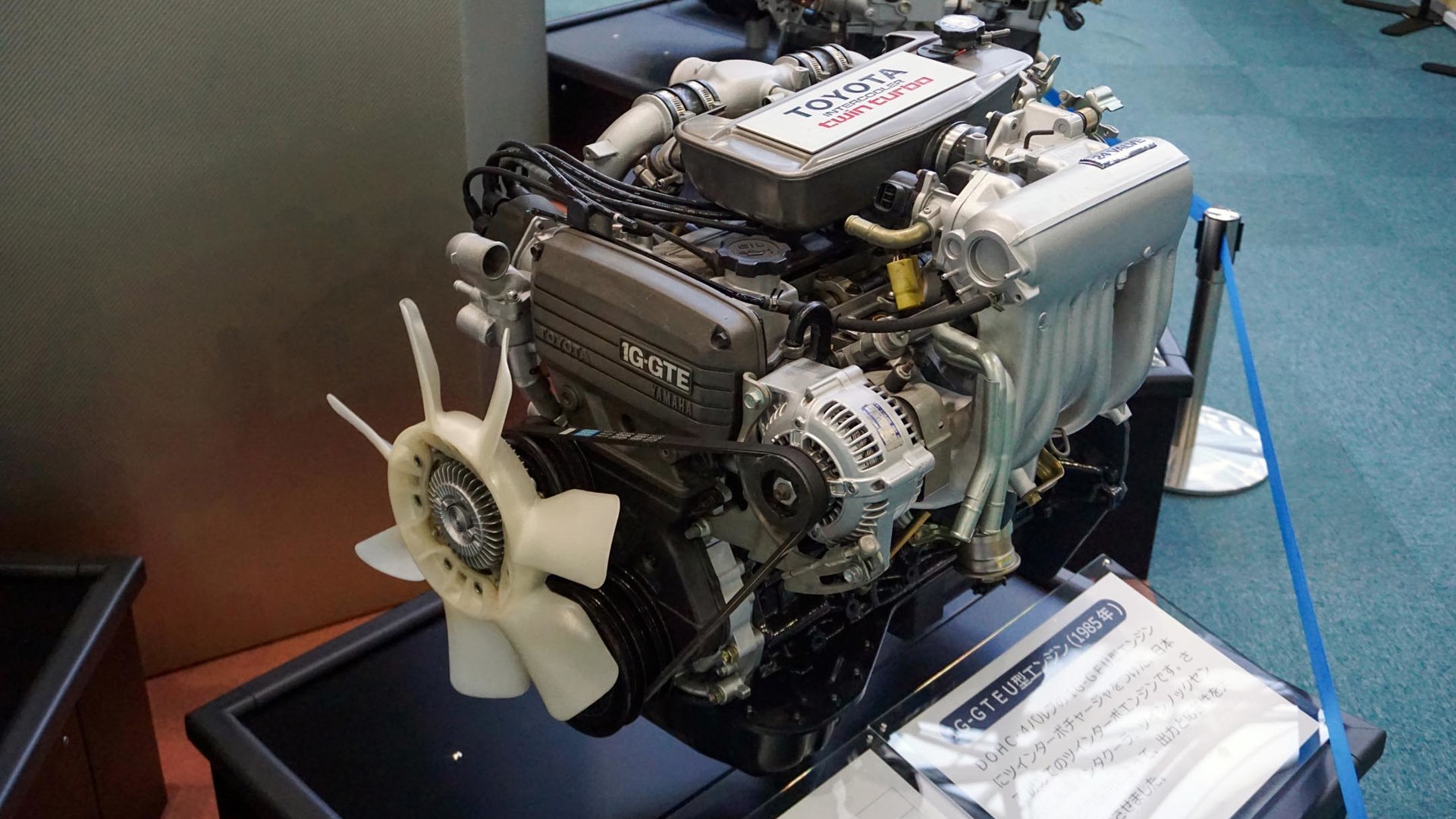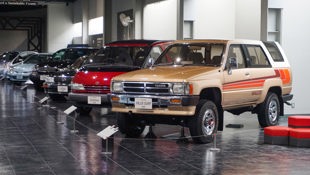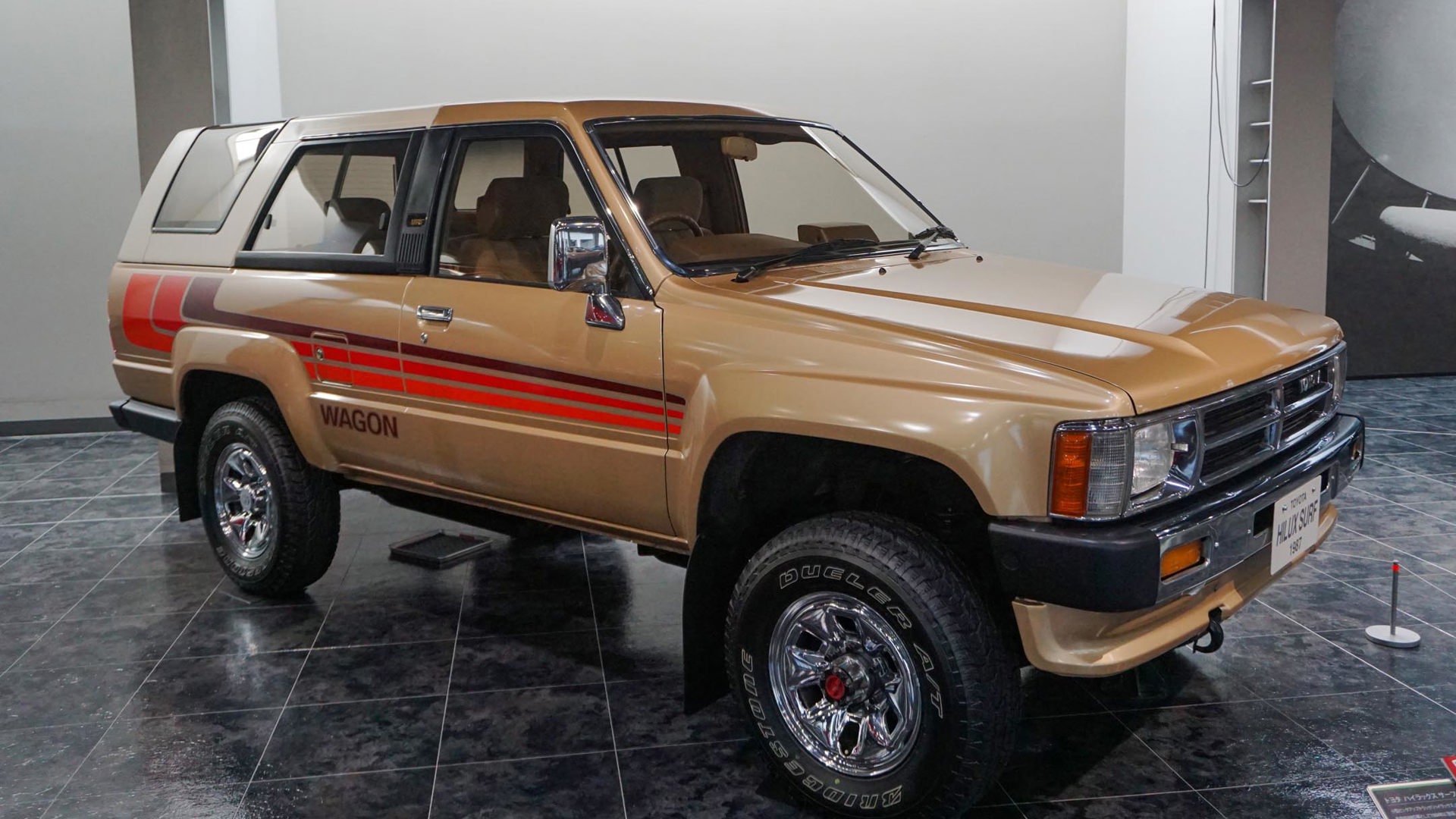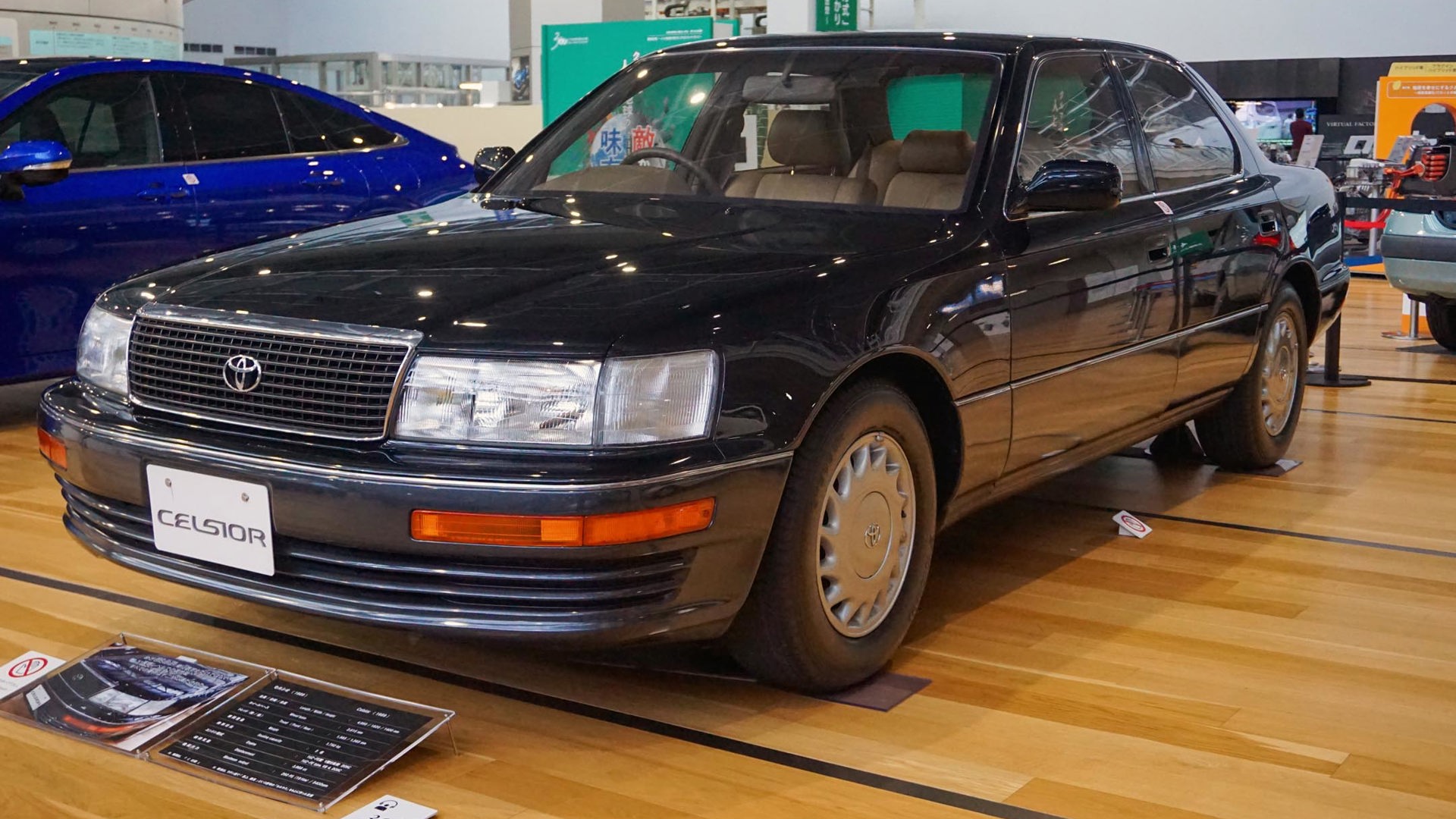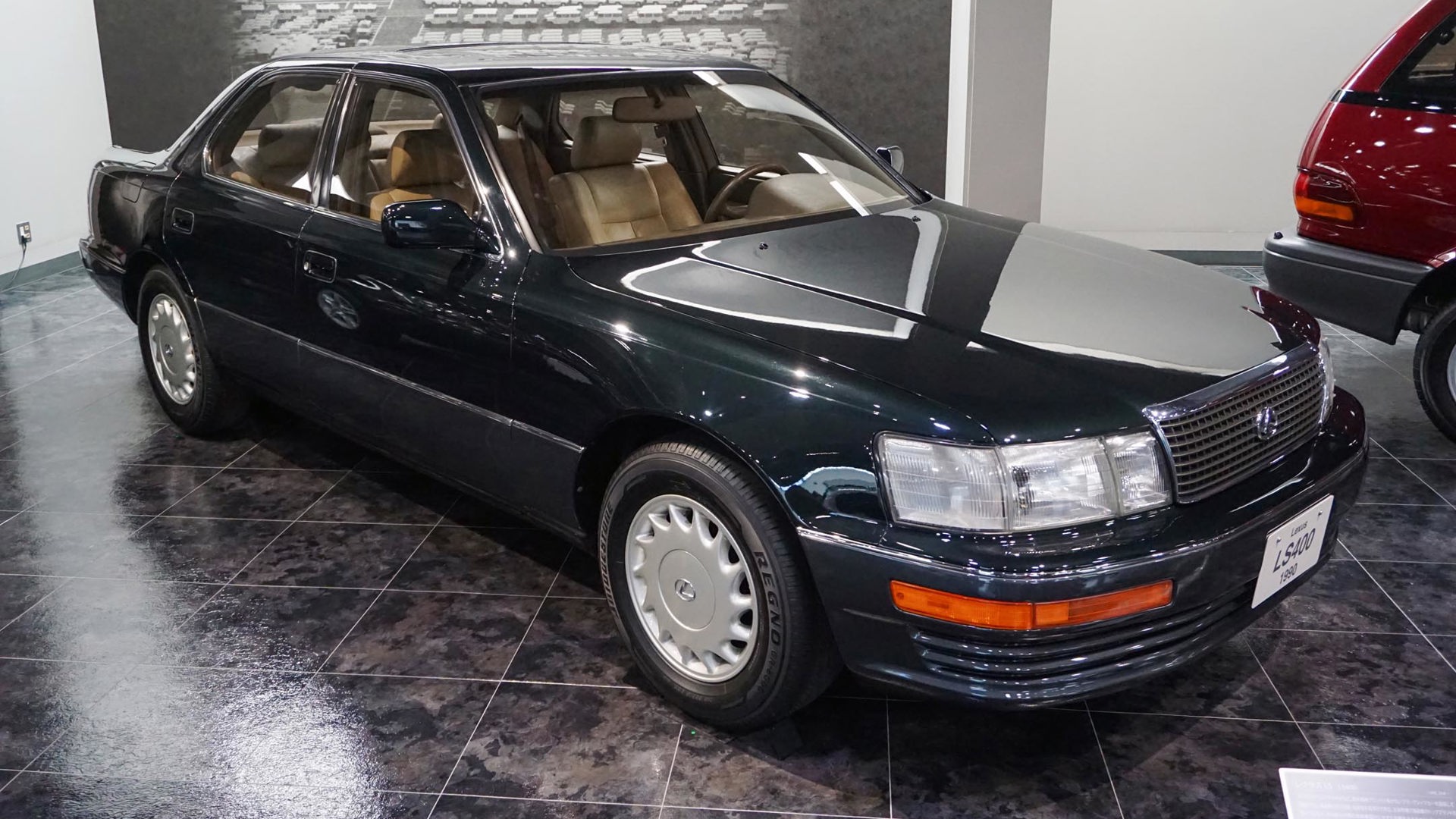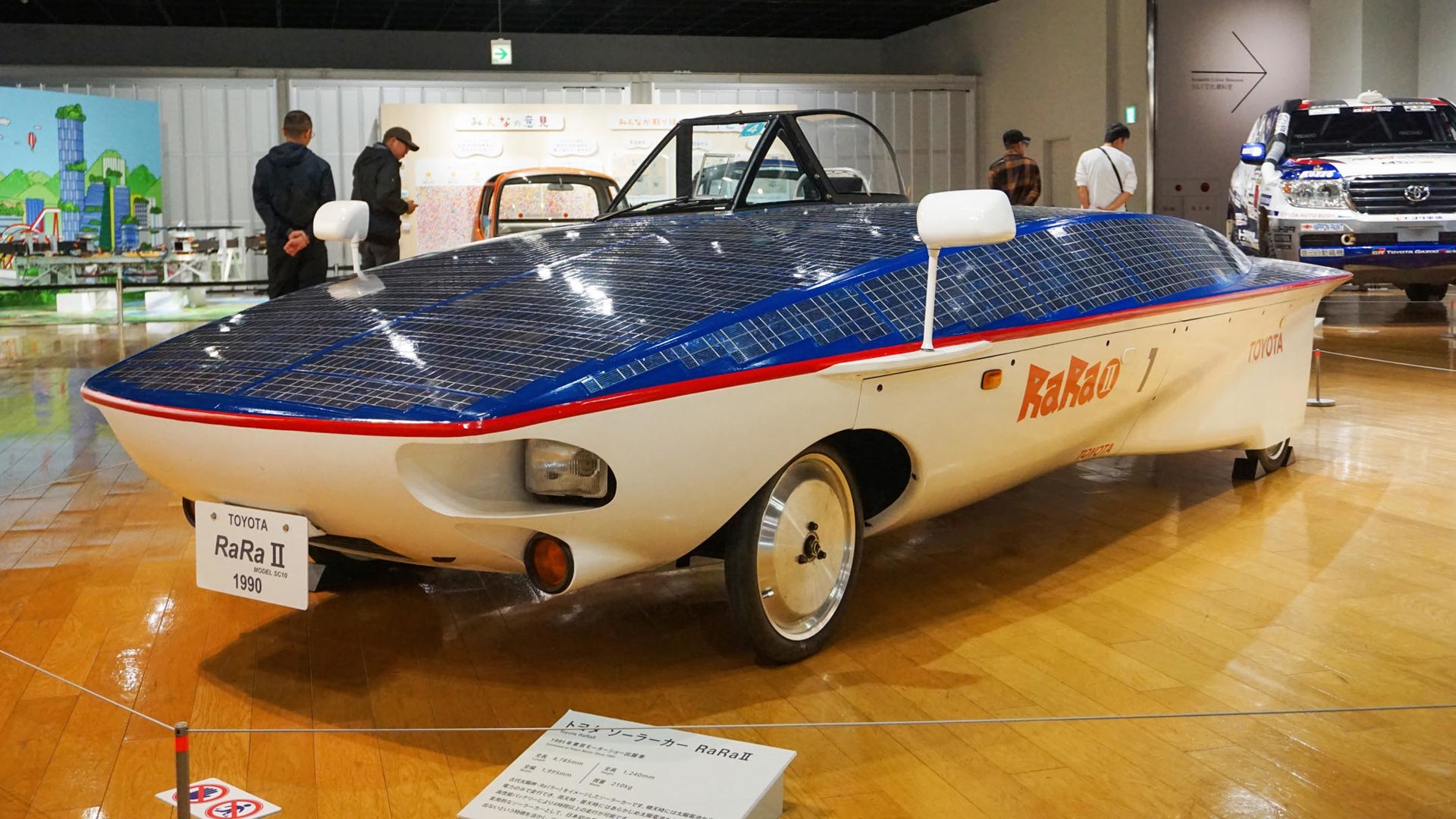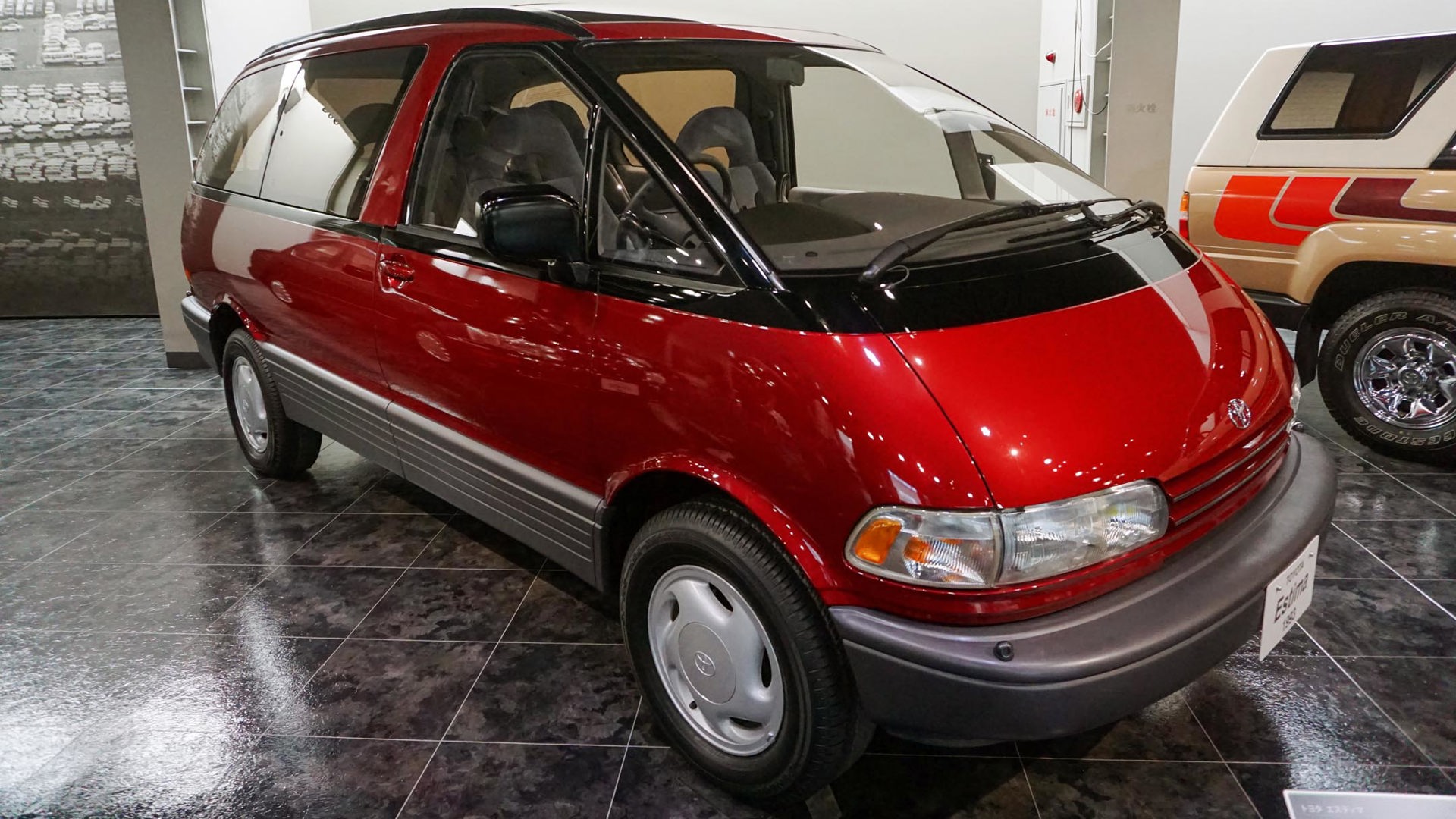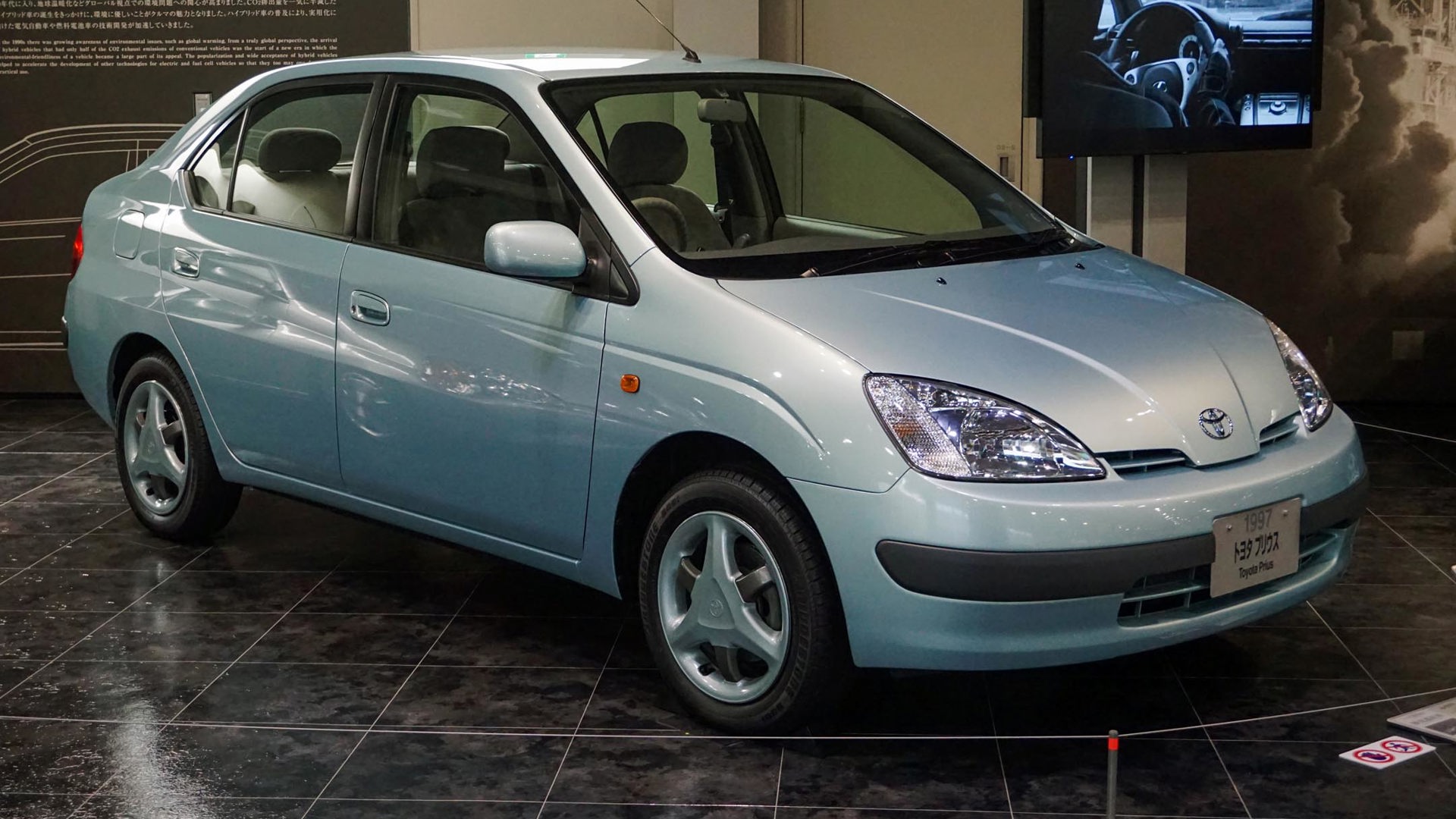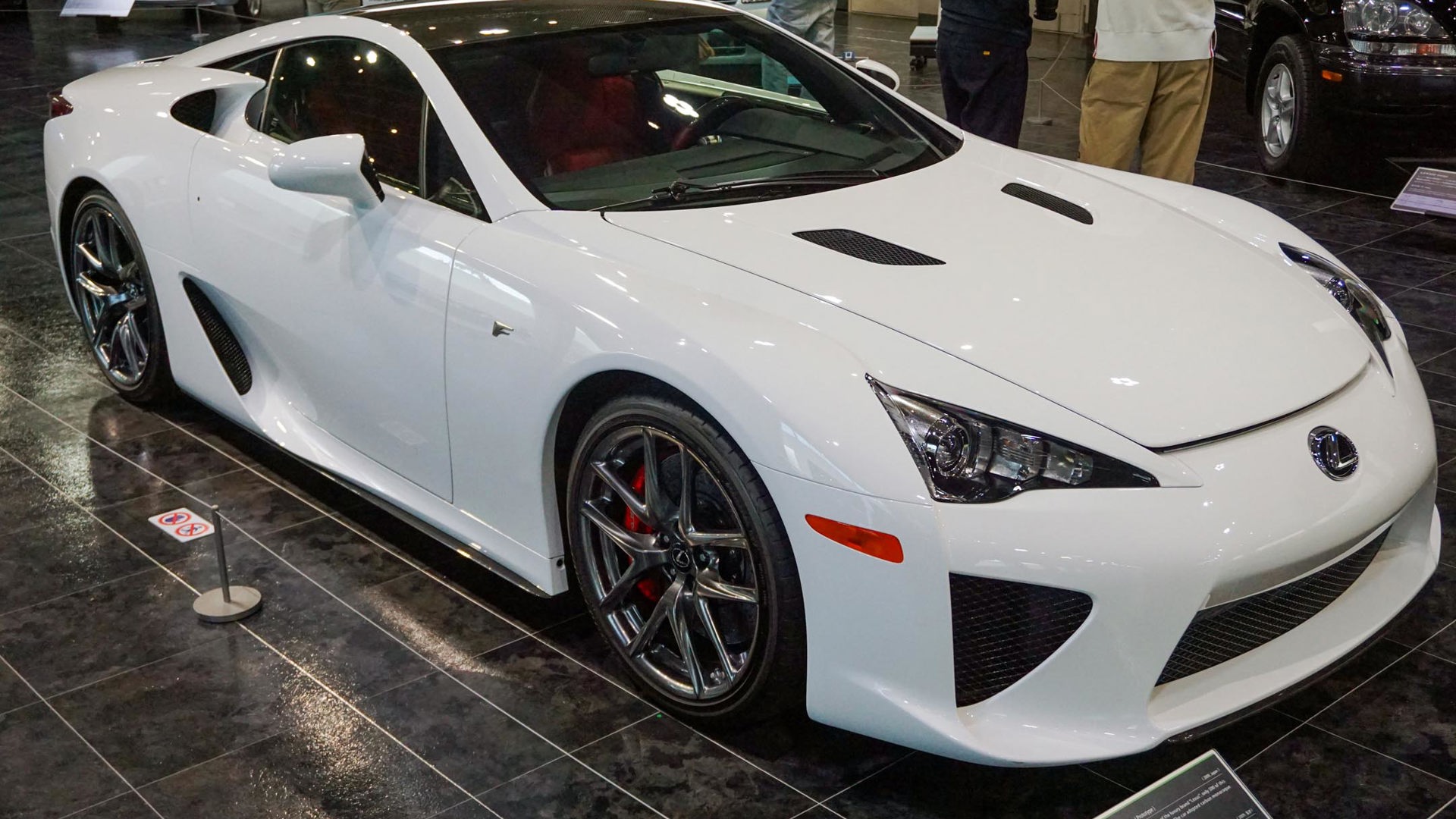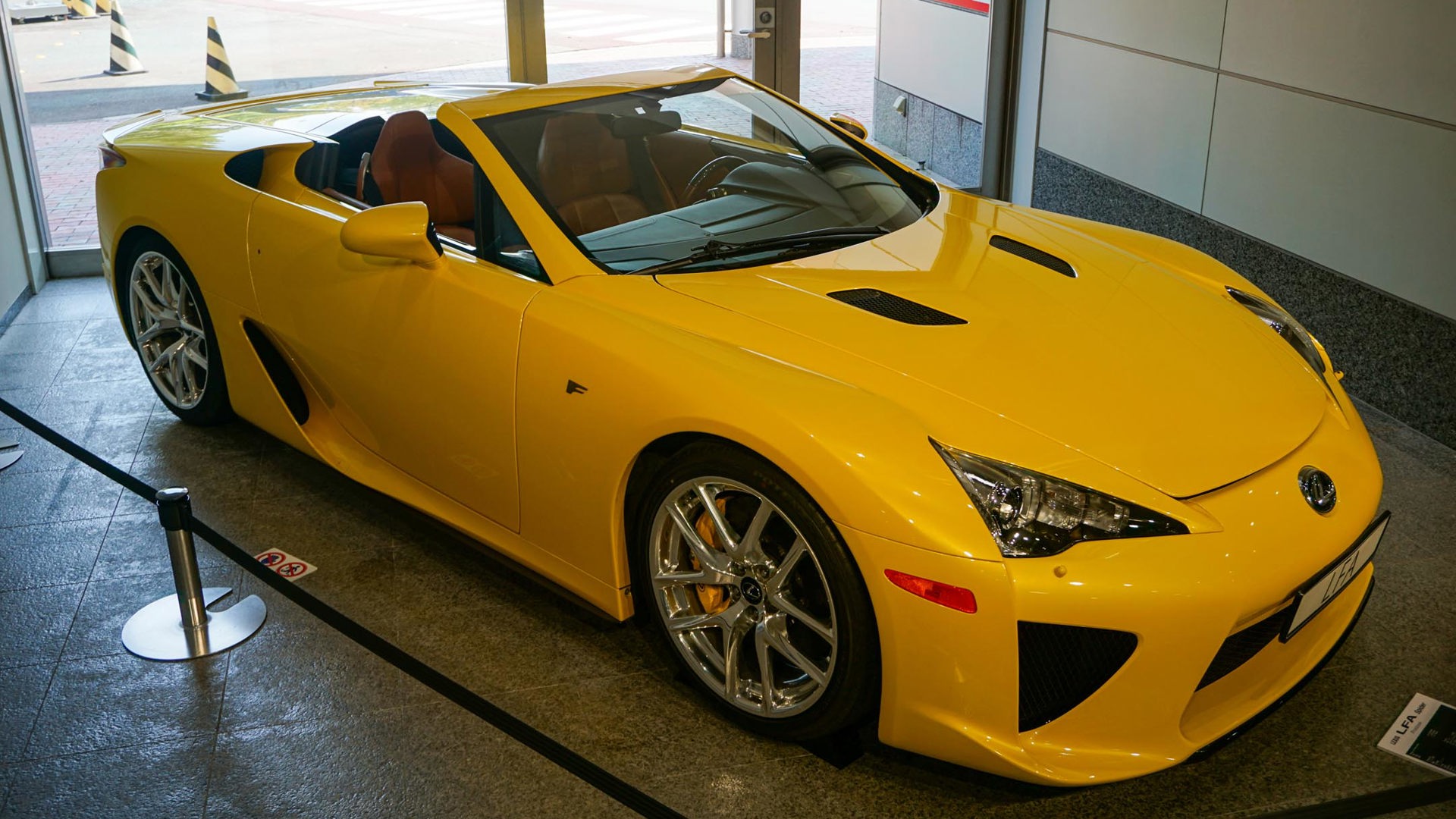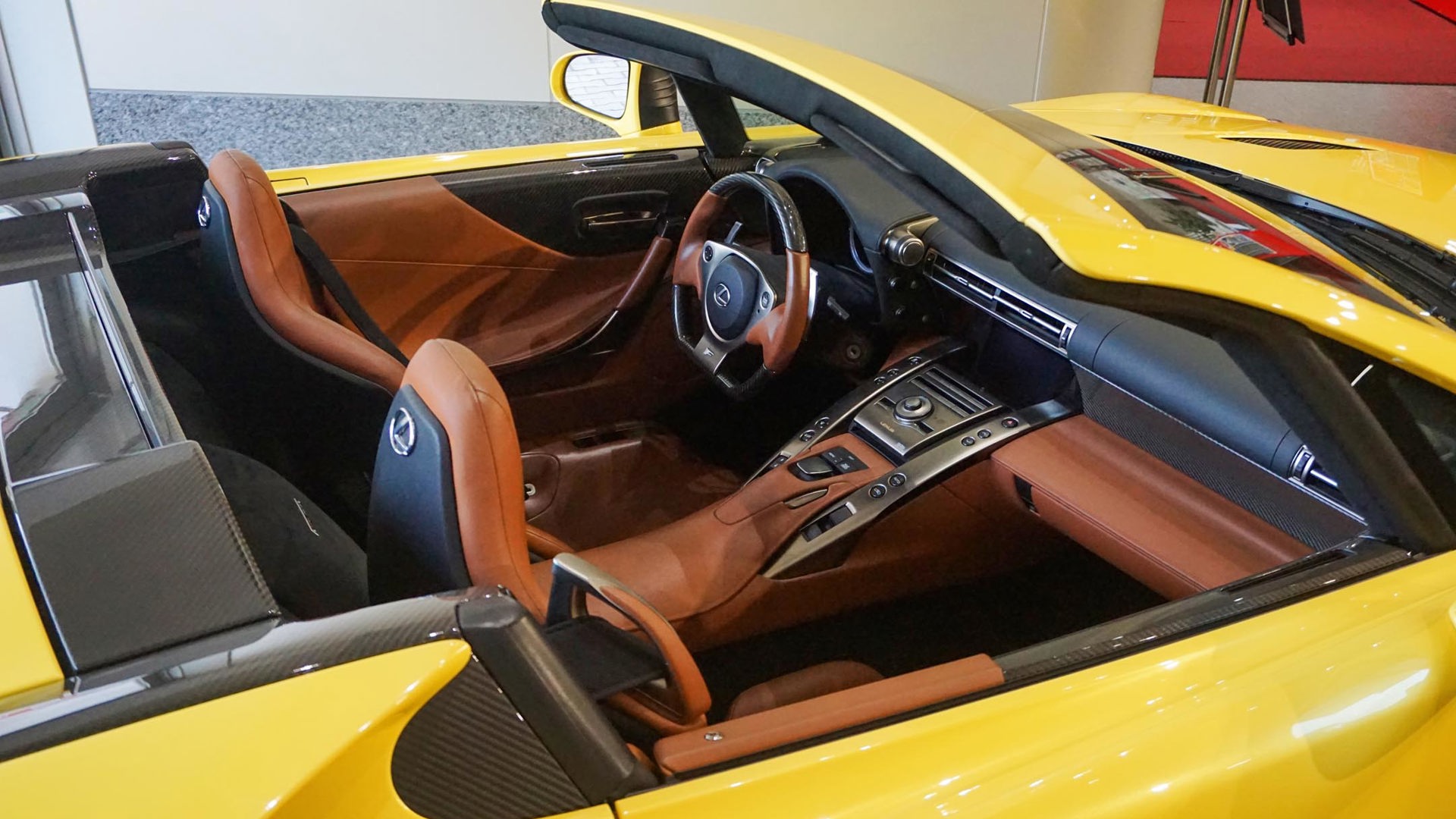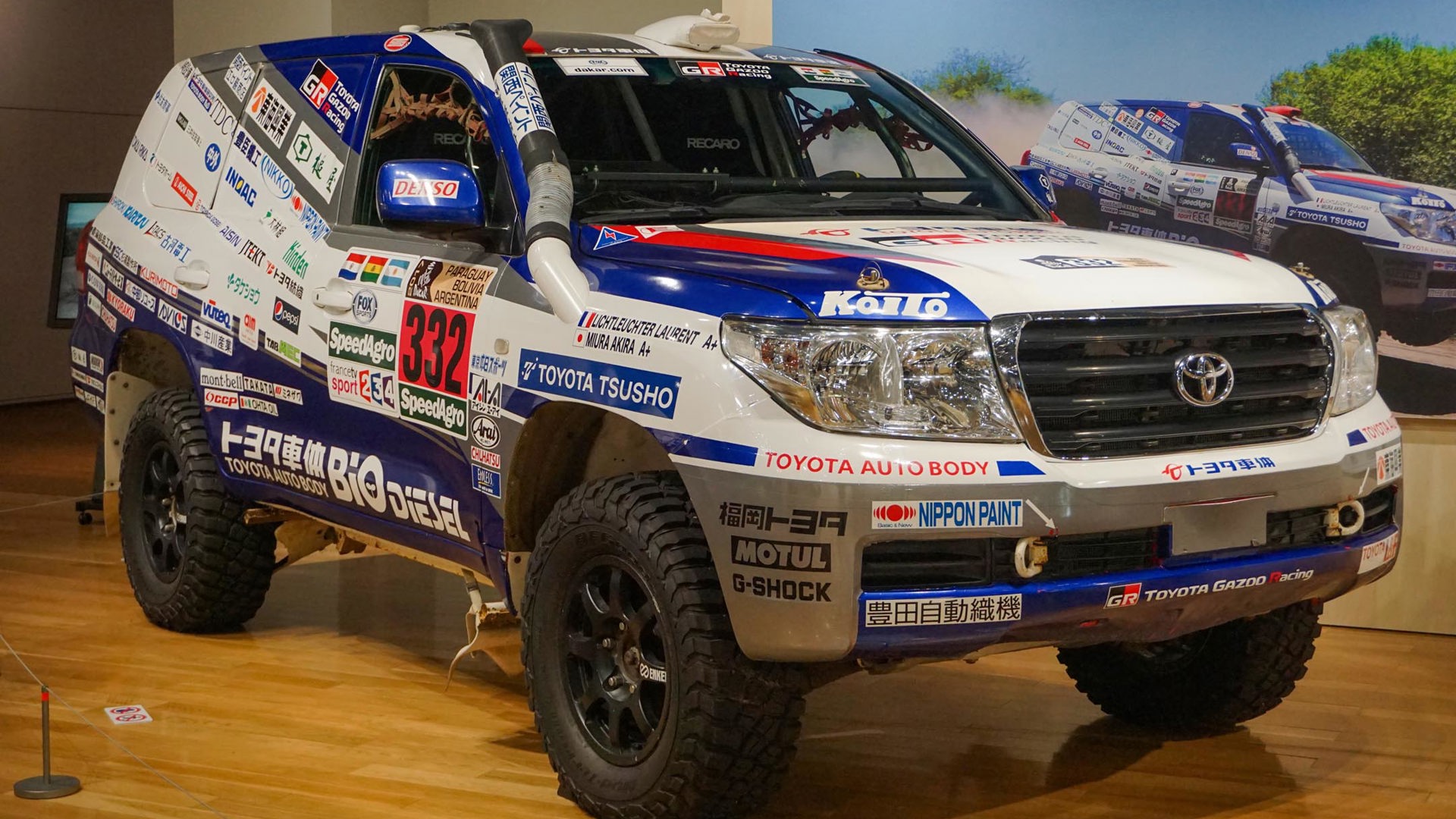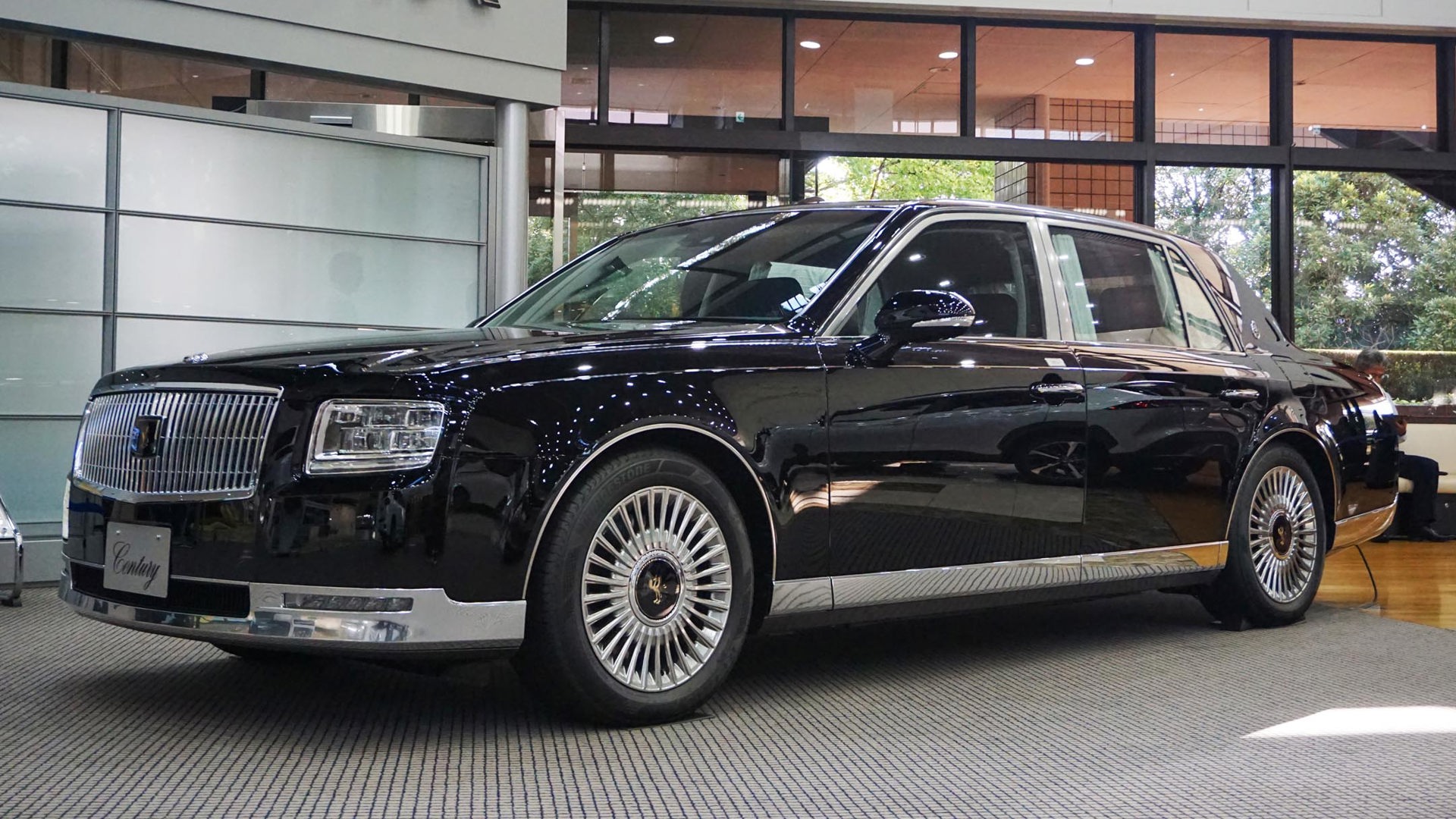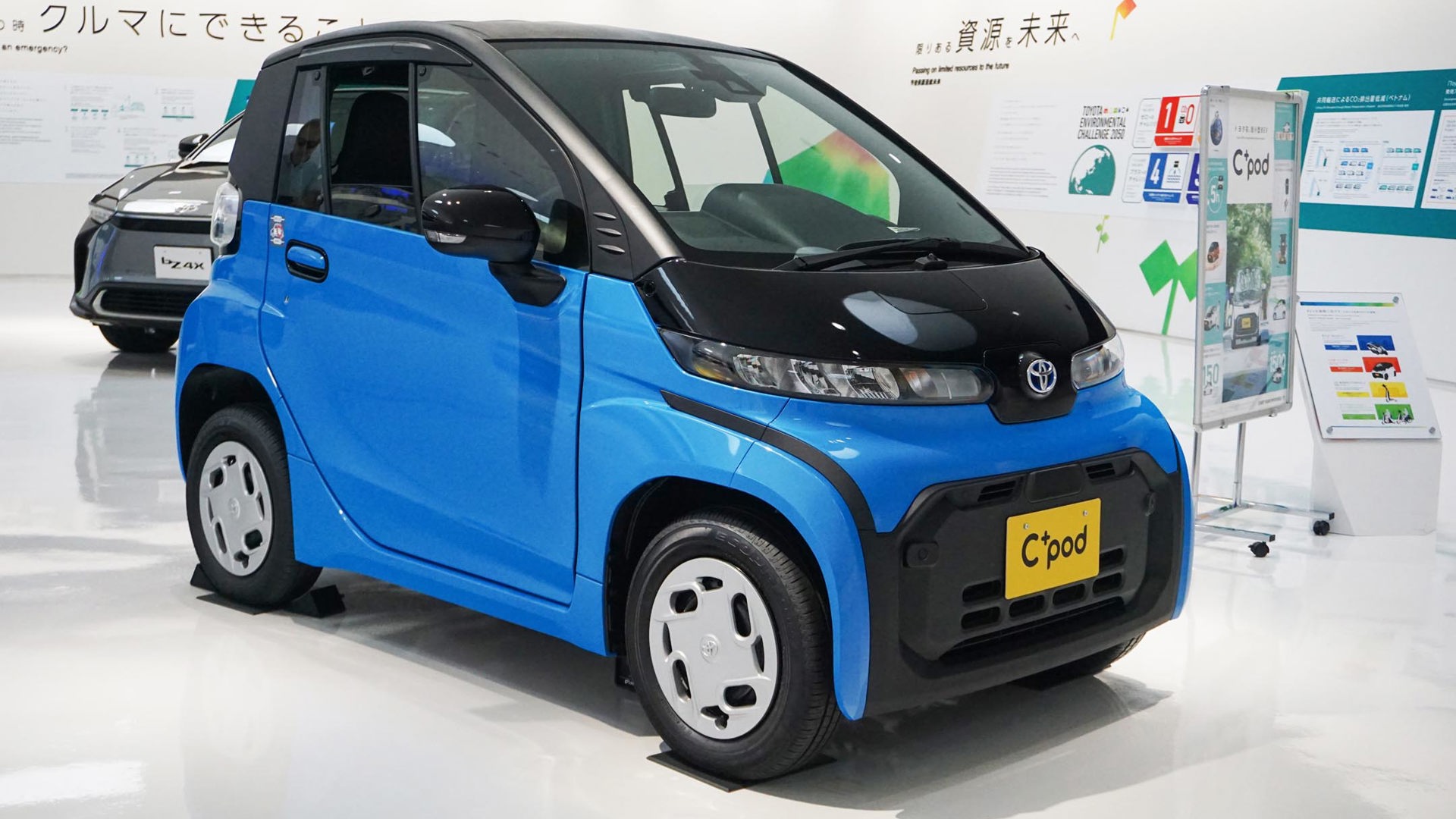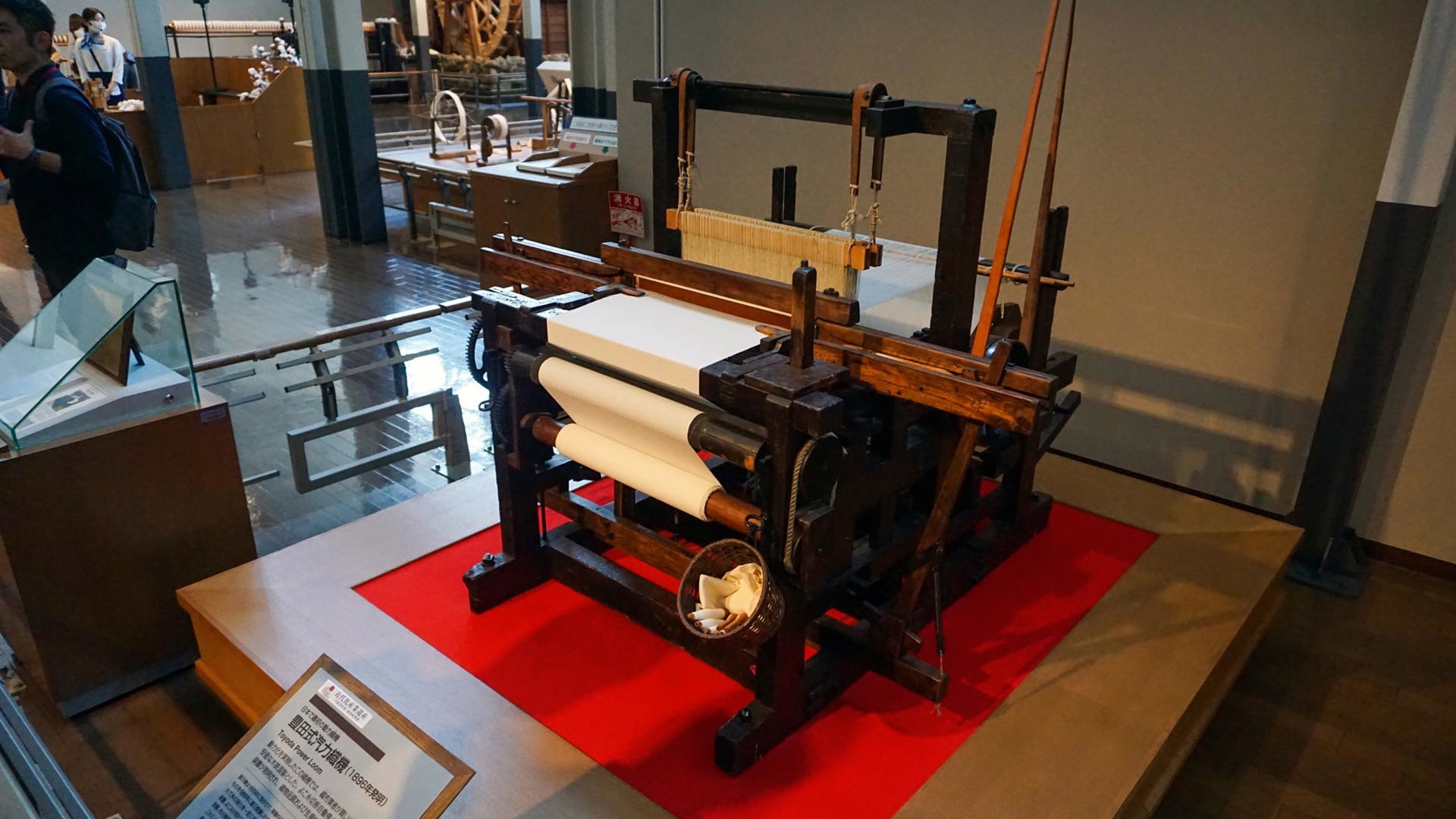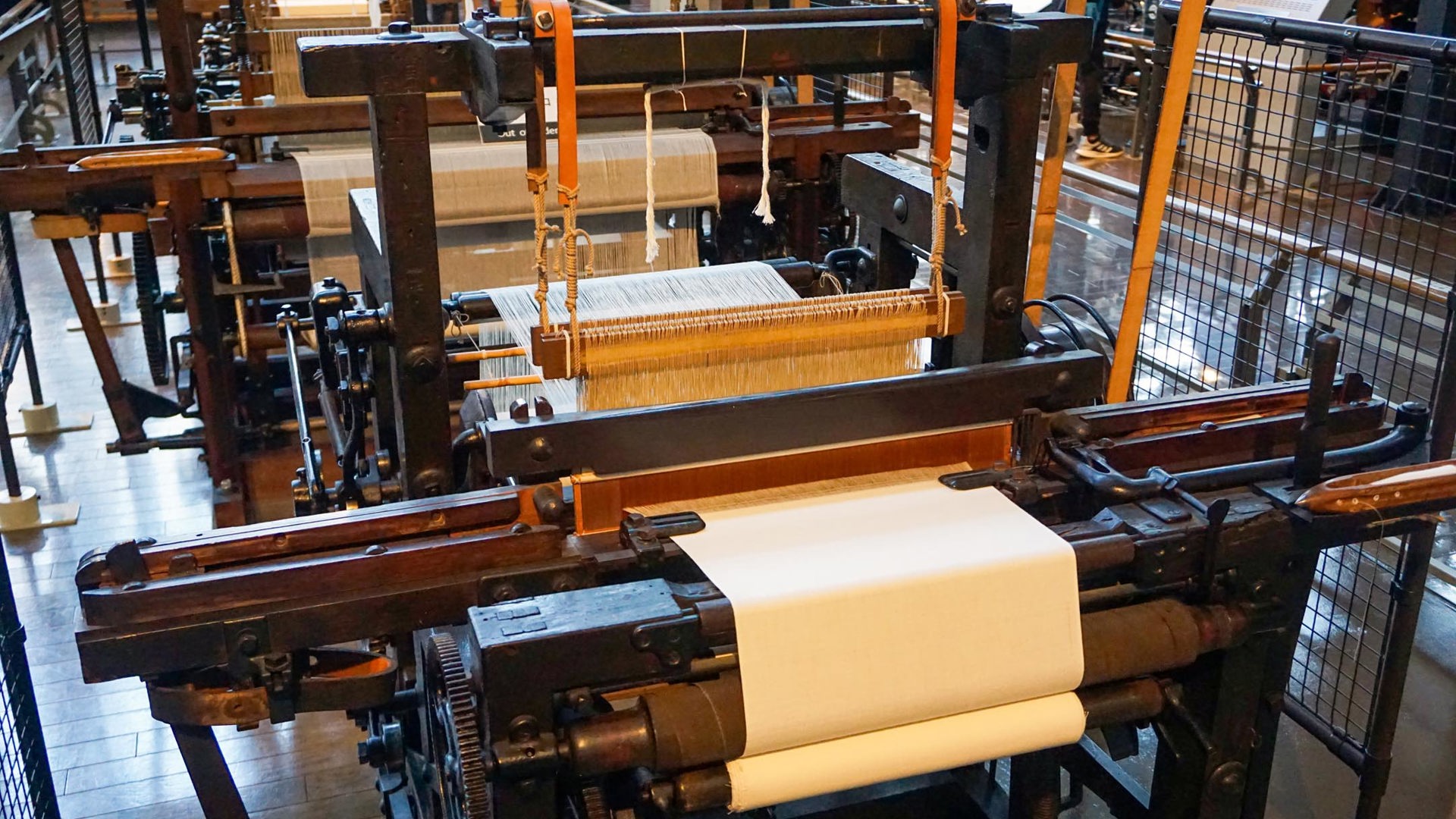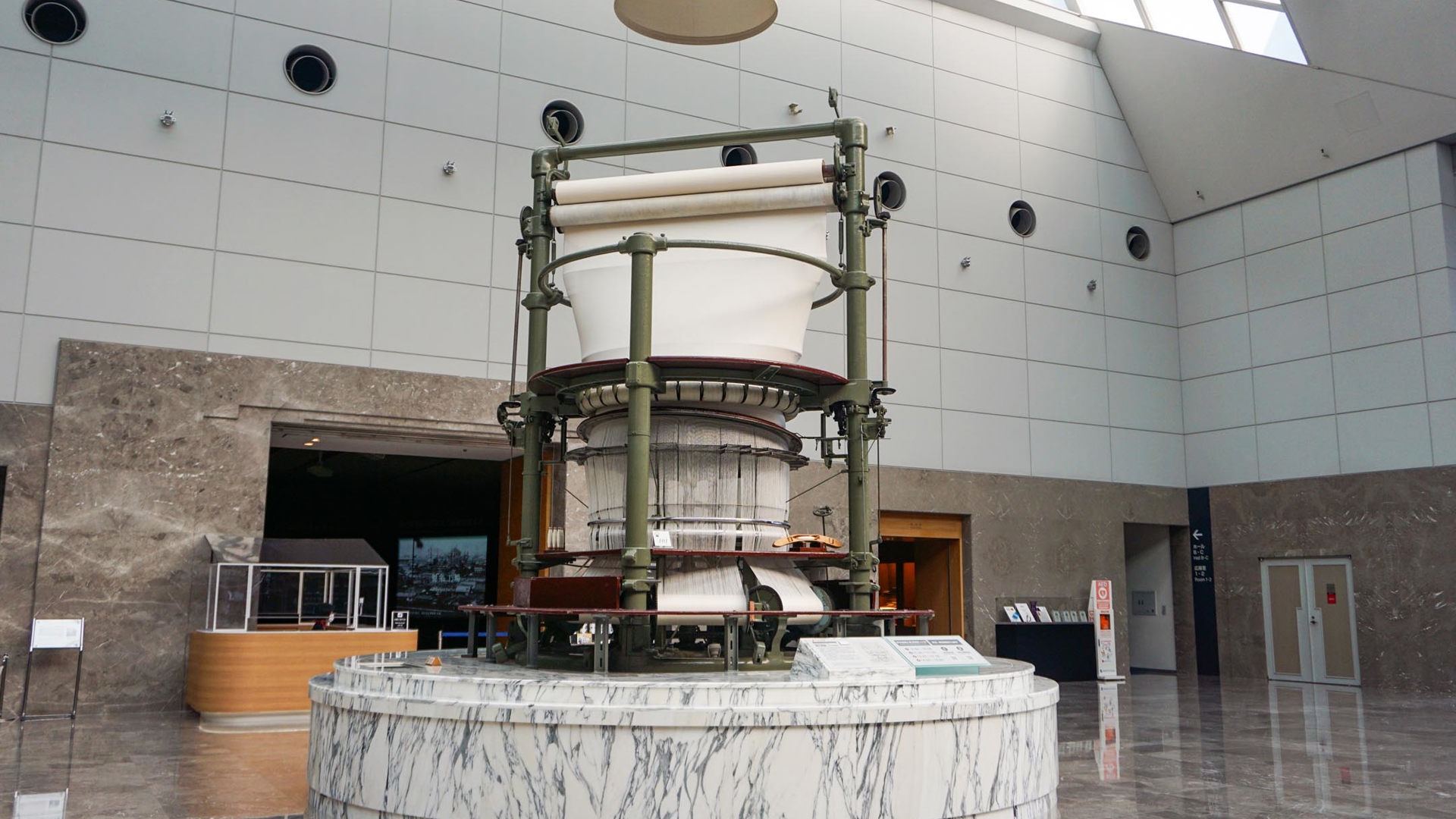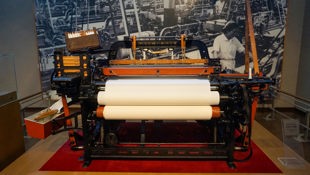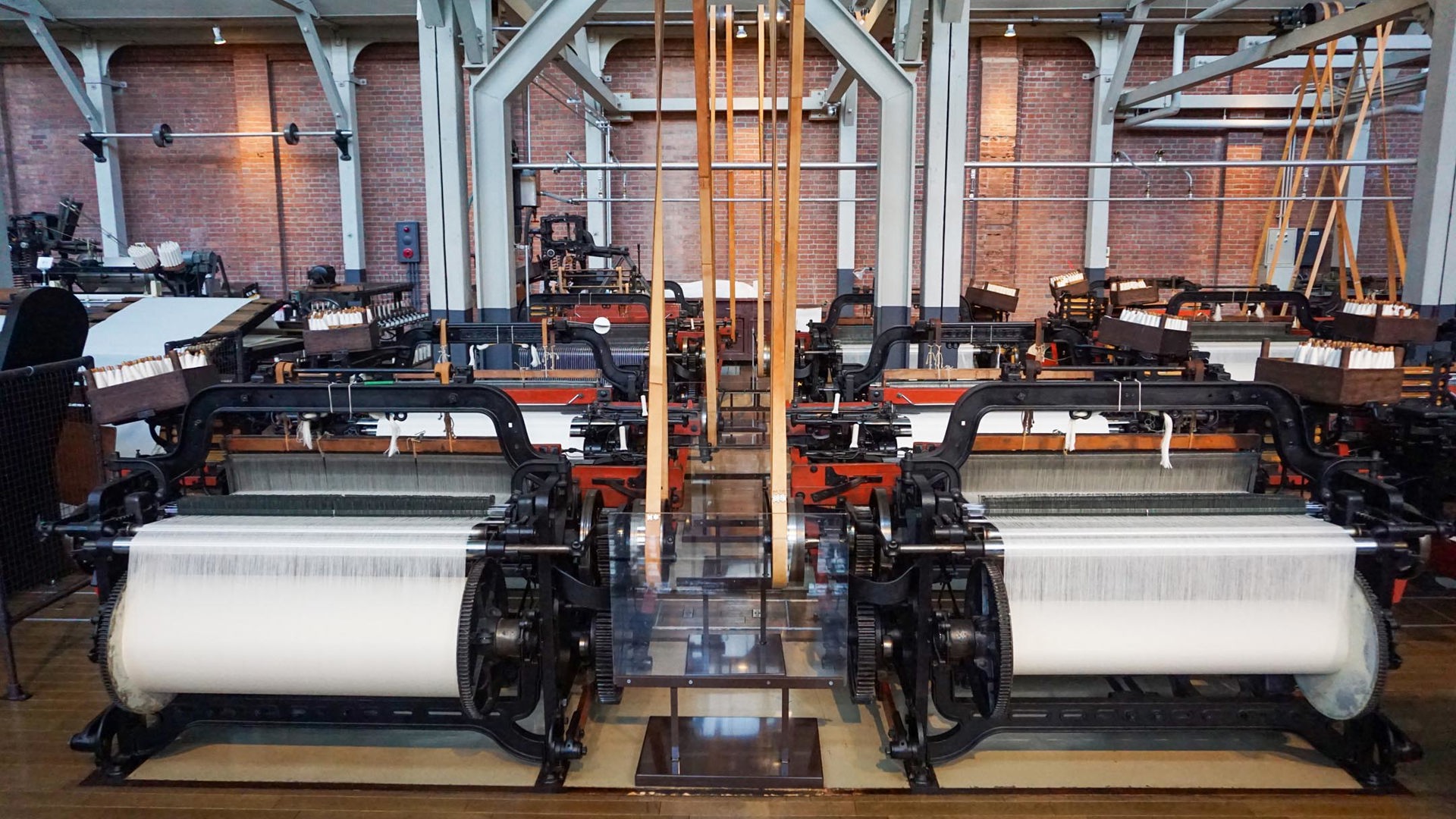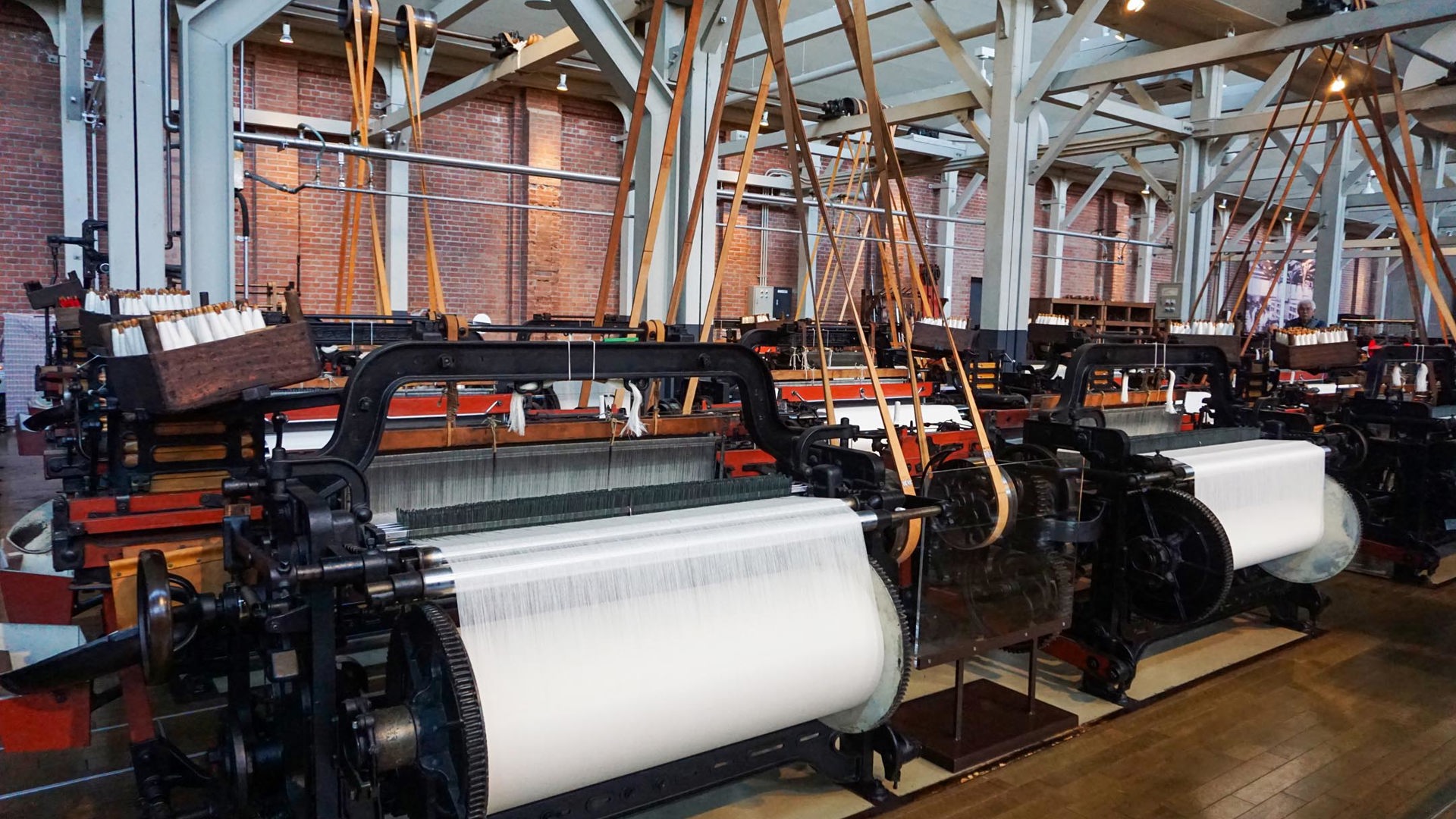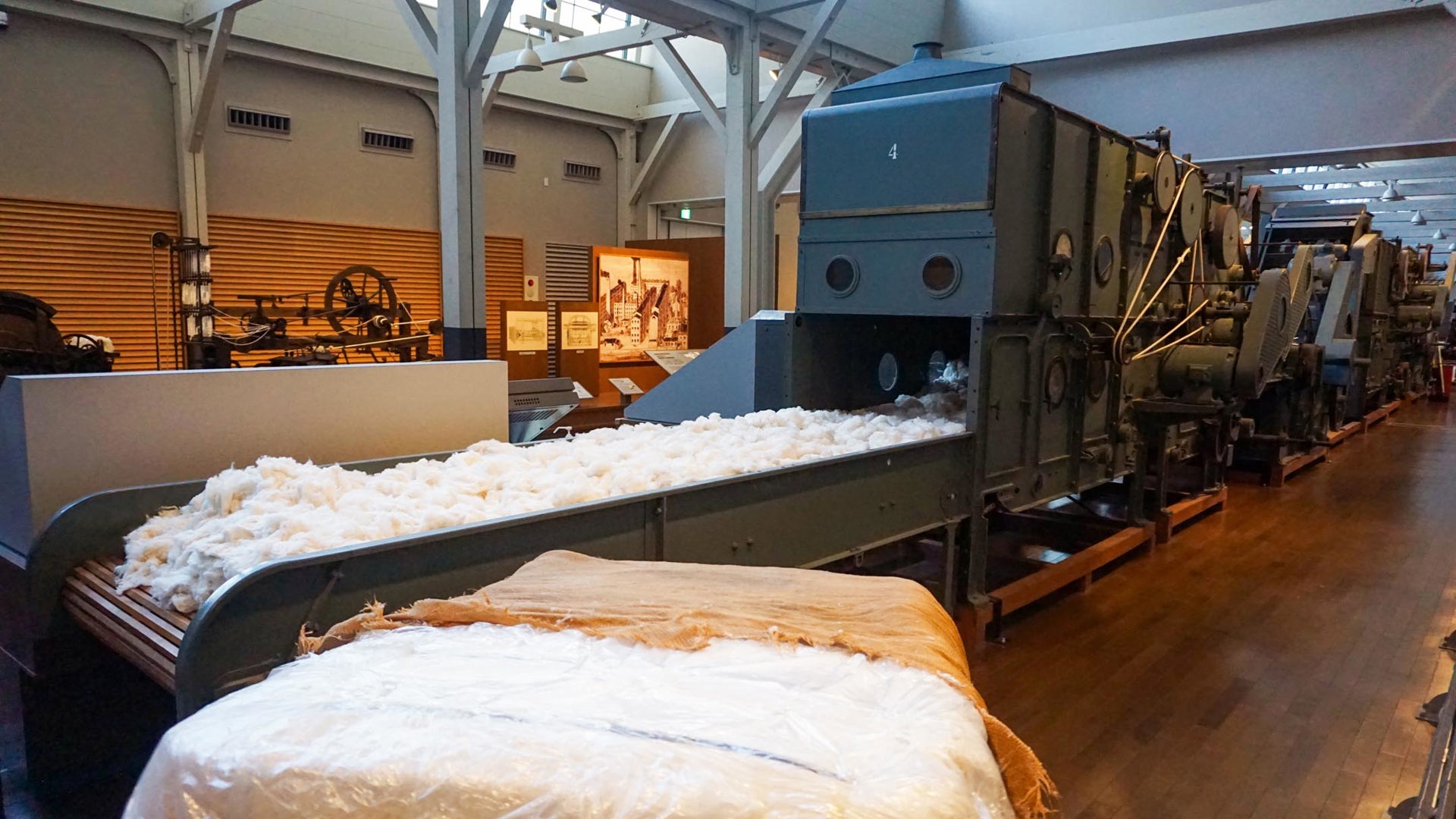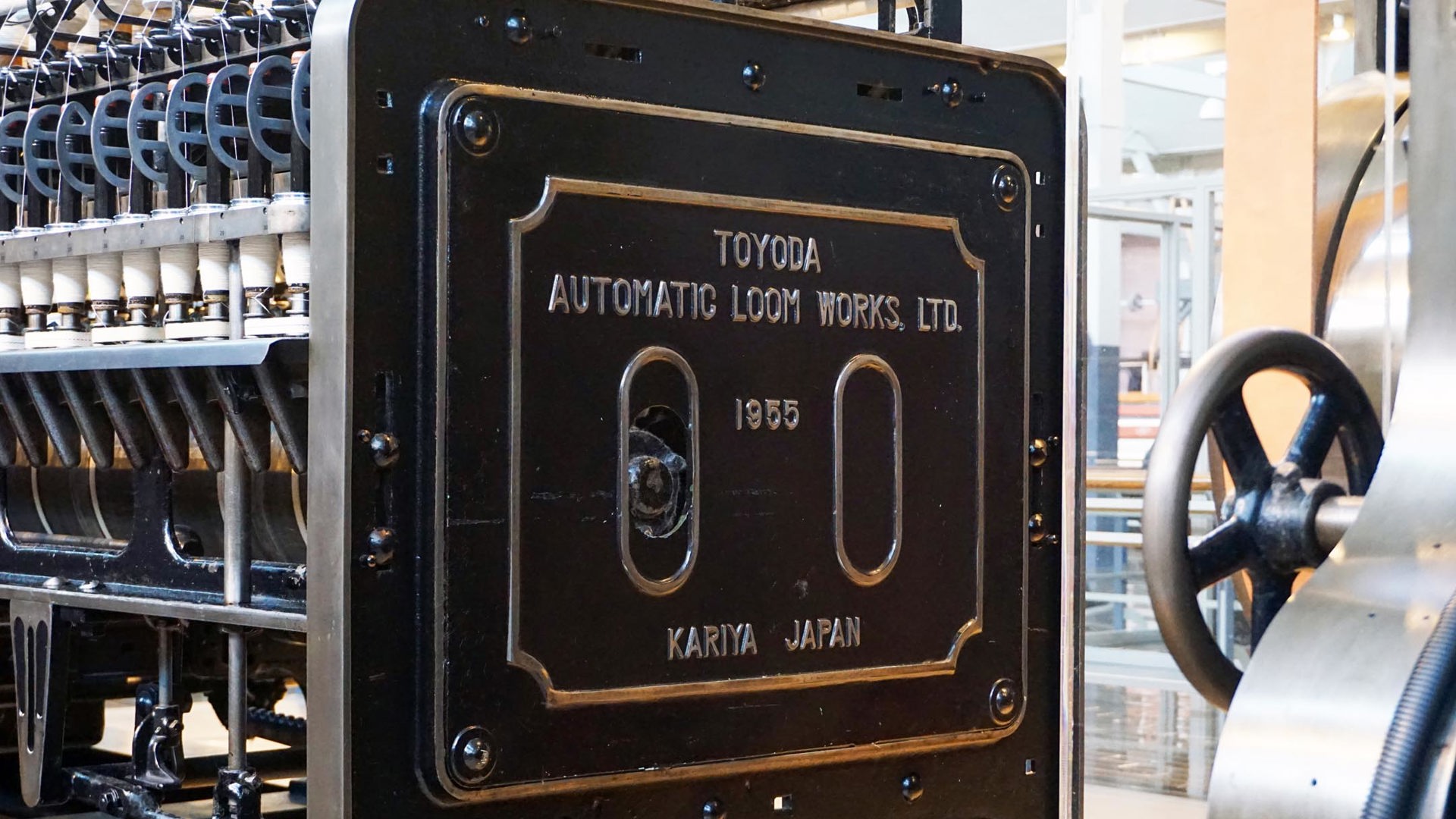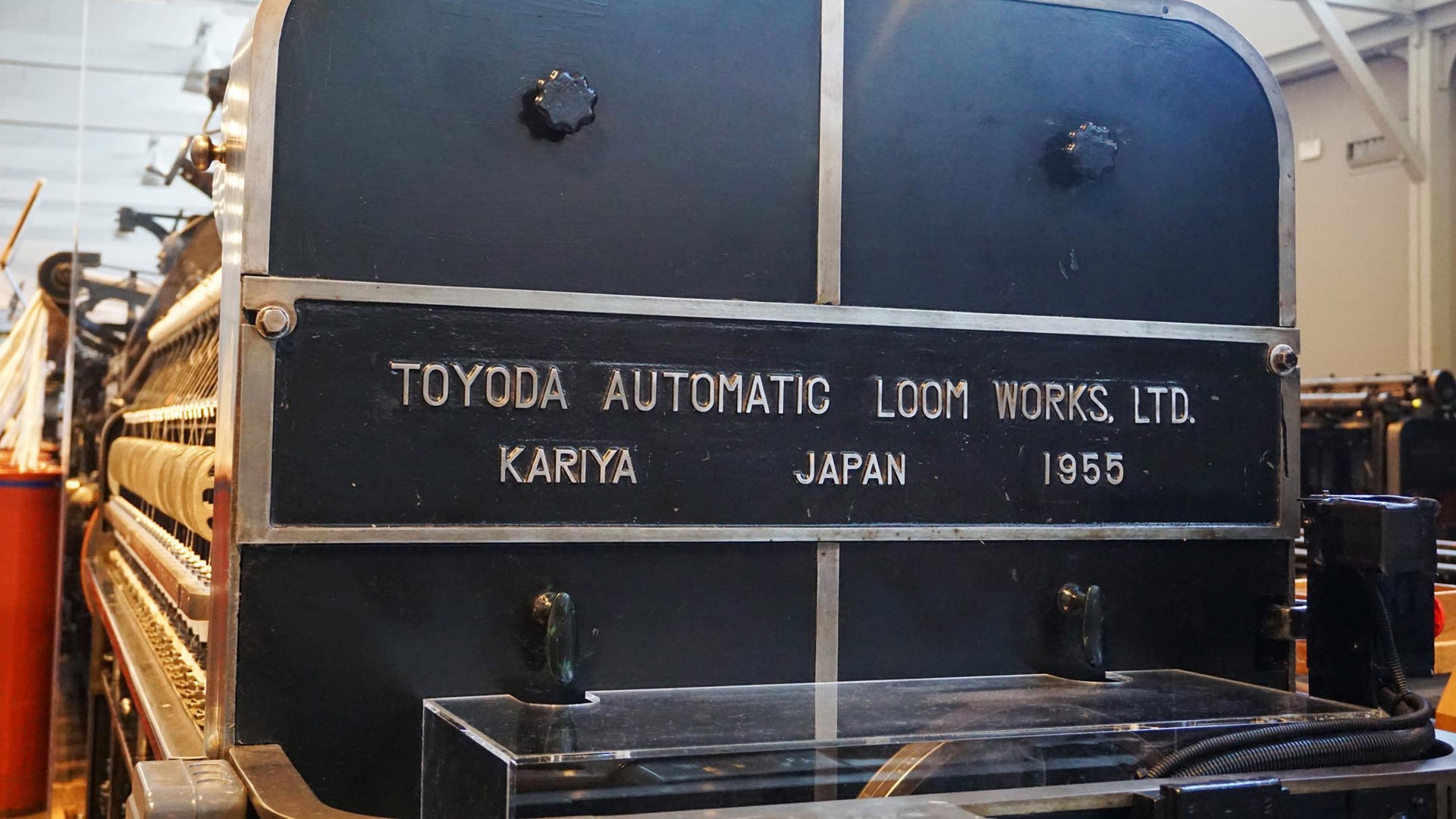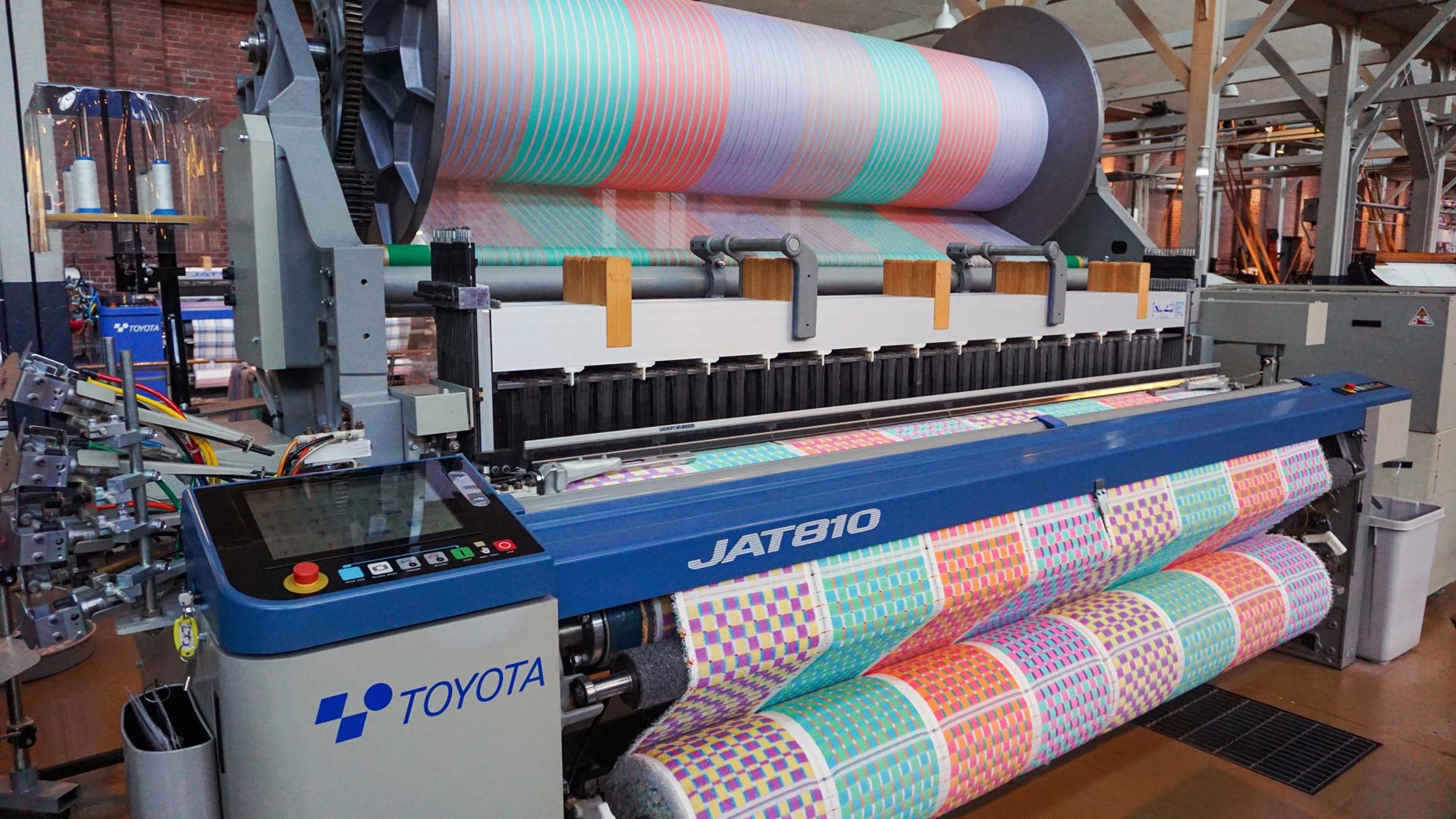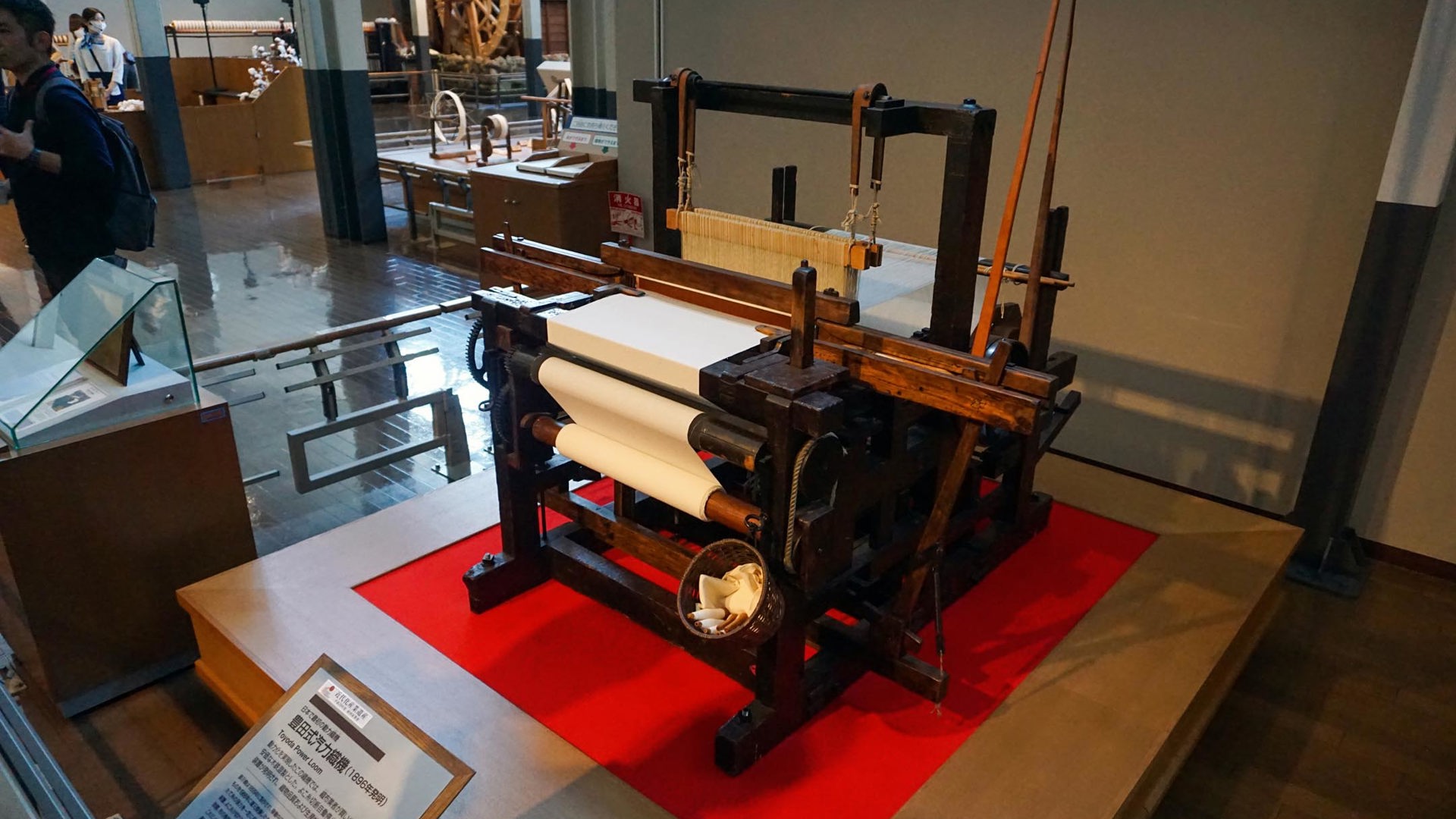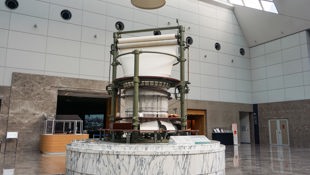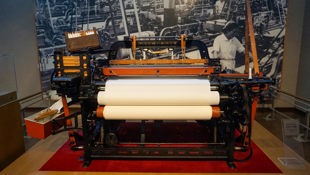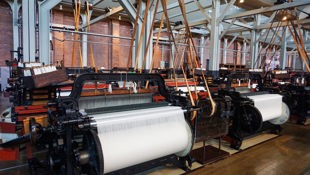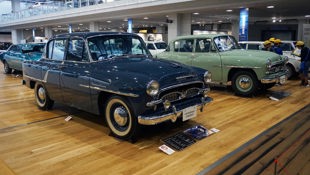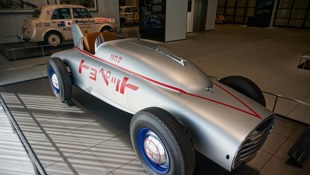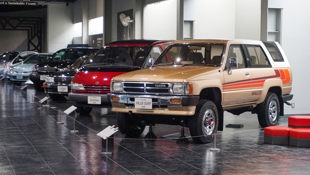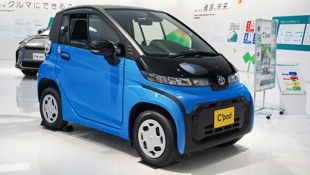As both an automaker and a major employer, Toyota Motor Corp. is deeply woven into the very fabric of Japan – fitting given the company’s earliest days working in the textiles industry.
Its market share in its home nation is simply staggering – more than 35 per cent – as is the number of people it employs: more than 70,000, according to Toyota, although there are many more times that amount working for its various suppliers and partners. (The automaker estimates there are more than 5.5 million people “involved” in Japan’s auto industry at large.)
That’s the Toyota of today. And it’s a far cry from the company that came before it.
A Looming Opportunity
Years before its first-ever automobile was built, the very makeup of this soon-to-be-massive manufacturer was entirely different. That’s because it wasn’t building cars at all – the original iterations of the company were in the business of building looms for the textiles industry.
The earliest of these was built by company founder Sakichi Toyoda in 1890 – a wooden machine that was manually operated. Six years later, his first power-operated loom went into production, but it wasn’t until 1911, when he established Toyoda Jidō Shokufu Kōjō (Toyoda Automatic Weaving Mill), that large-scale success was in his sights.
Some 13 years later, Toyoda’s Type G automatic loom launched as a world-class machine. Mass production got underway in 1926 under the direction of the elder Toyoda’s son, Kiichirō, at Toyoda Automatic Loom Works, Ltd. Within a few short years, automotive research and development was launched, with the company’s first prototypes completed in 1935.
A Pause in Production
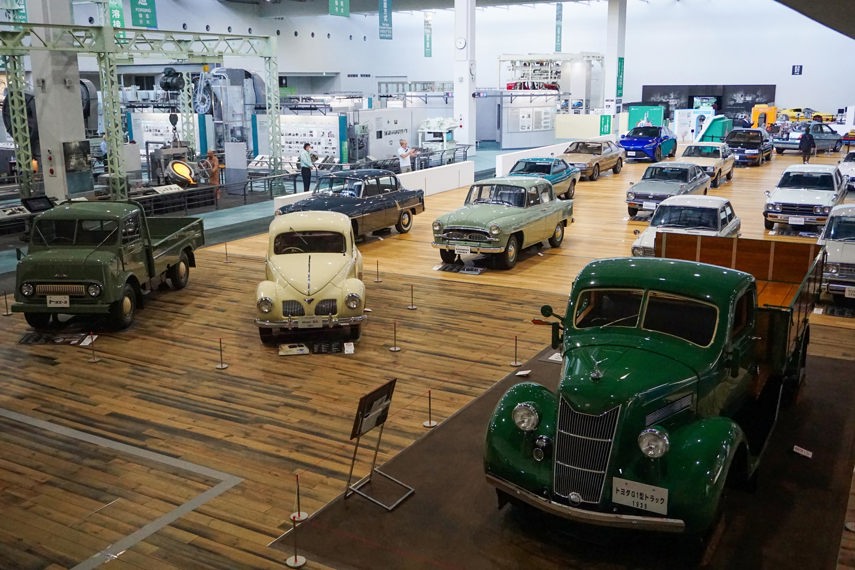
The first production model AA was built the following year, with the car bearing more than a passing resemblance to Chevrolets of the era – not exactly surprising given how Toyoda got to this point. With both Ford and General Motors (GM) already assembling cars of their own in Japan, Kiichirō Toyoda sourced a 1933 Chevrolet, which was promptly disassembled and studied for best practices that could be used in building the company’s early passenger cars.
It wasn’t long until the outbreak of the Second World War, at which point the since-renamed Toyota – apparently the decision was made based on the more pleasing pronunciation – stopped producing passenger cars to focus on building trucks for military use.
Goal Achieved
The company started building cars again in 1947, but its transformation in the decades since has been nothing short of stunning. It’s not just the volume of vehicles it builds – the company’s various plants around the world produced more than nine million of them last year – but the diversity. From heavy-duty trucks and buses sold by its Hino division to commuter cars, and even the ultra-luxurious Century sold in its home market, there’s just about every type of Toyota imaginable. The company still builds looms, too, albeit thoroughly modern ones that use computerized automation.
Sakichi Toyoda died in 1930, before his company’s move into the auto industry truly took shape, let alone achieved any success. But there’s something poetic about the goal he’s said to have set for himself as a young man to create something for the sake of the nation. Looking at the absolute flood of Toyota products on Japan’s streets and highways, not to mention the map itself (there’s even a city in Japan named Toyota in recognition of the company’s economic impact on the region) – at how the company his original creation has become is so deeply entwined in Japanese society – it’s safe to say he managed to do exactly that and more.
